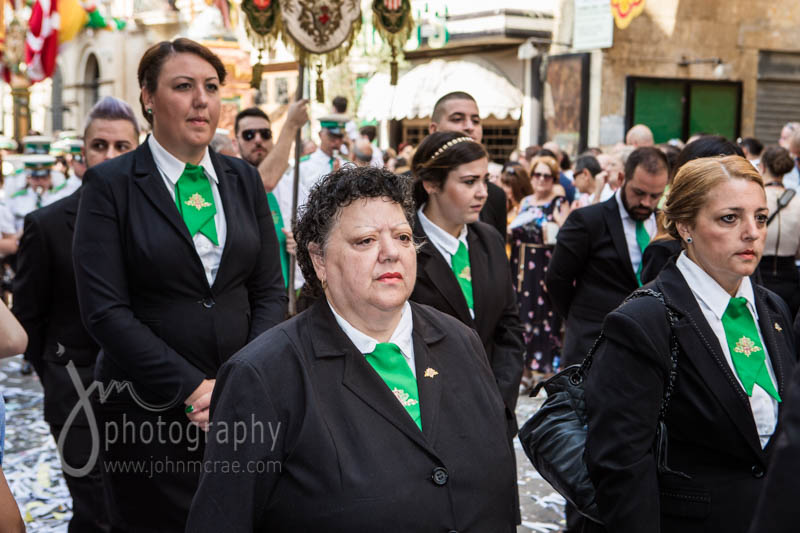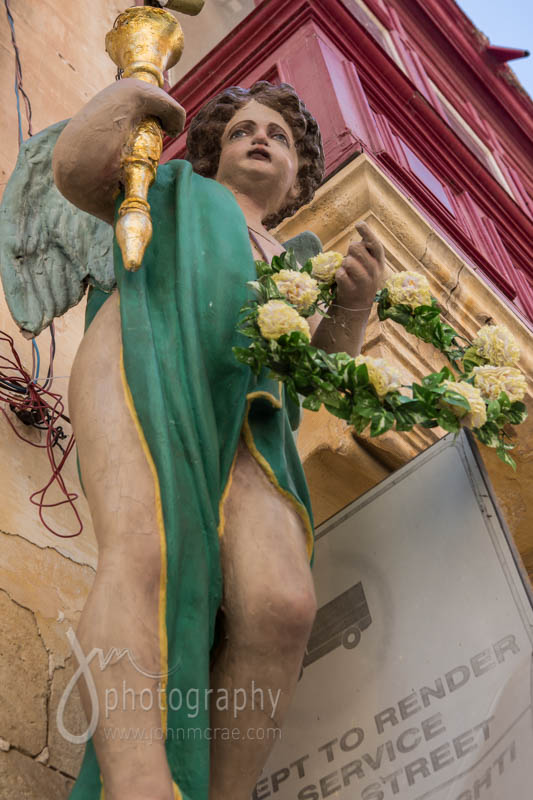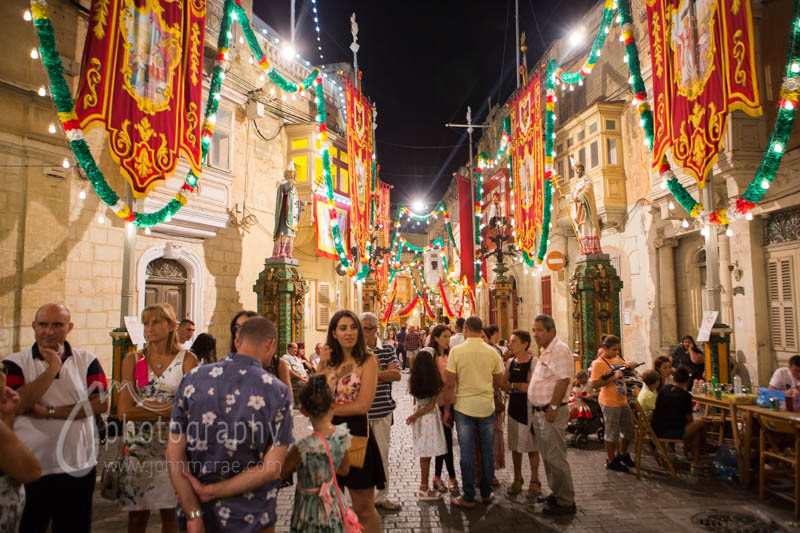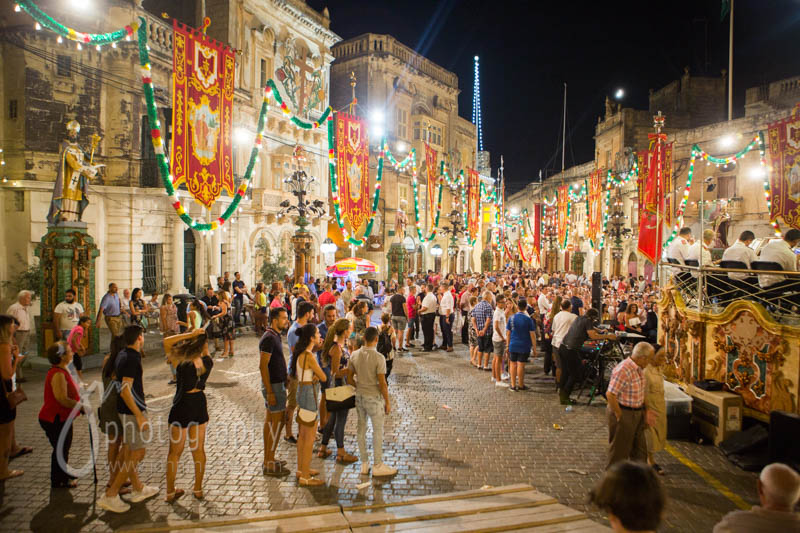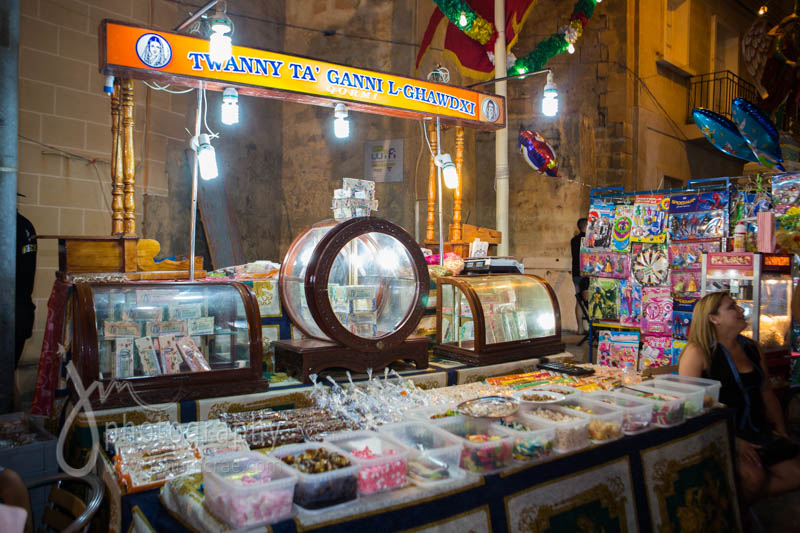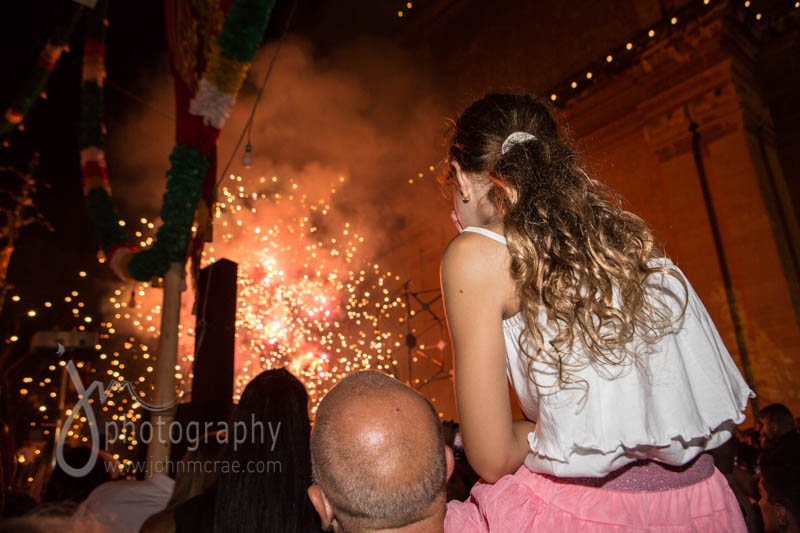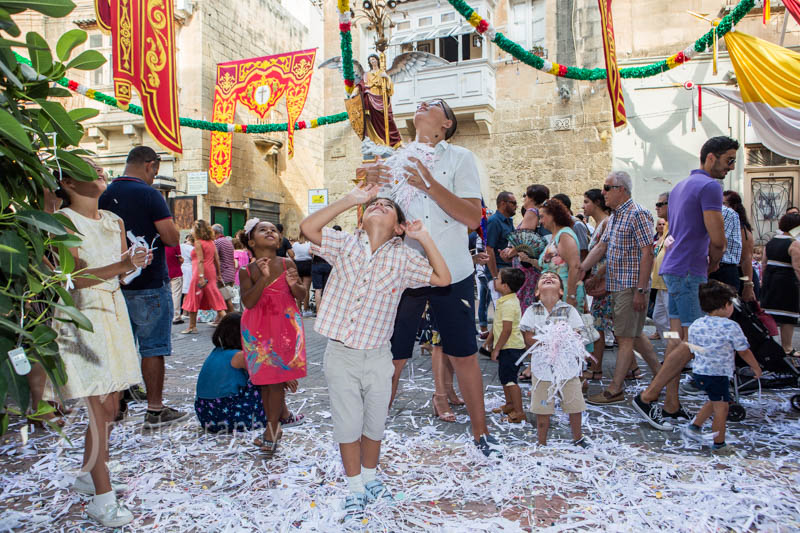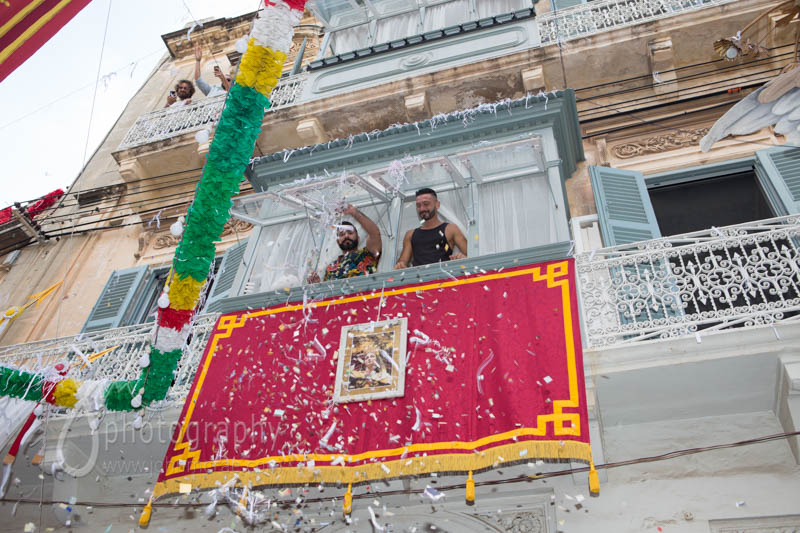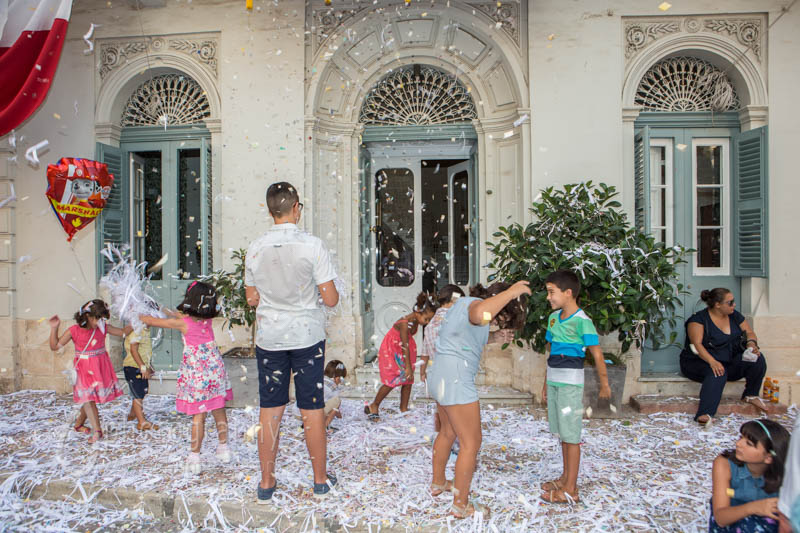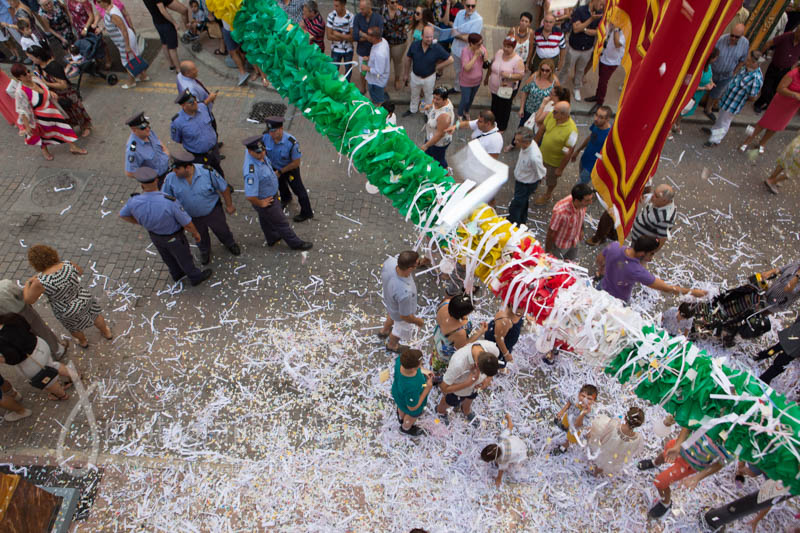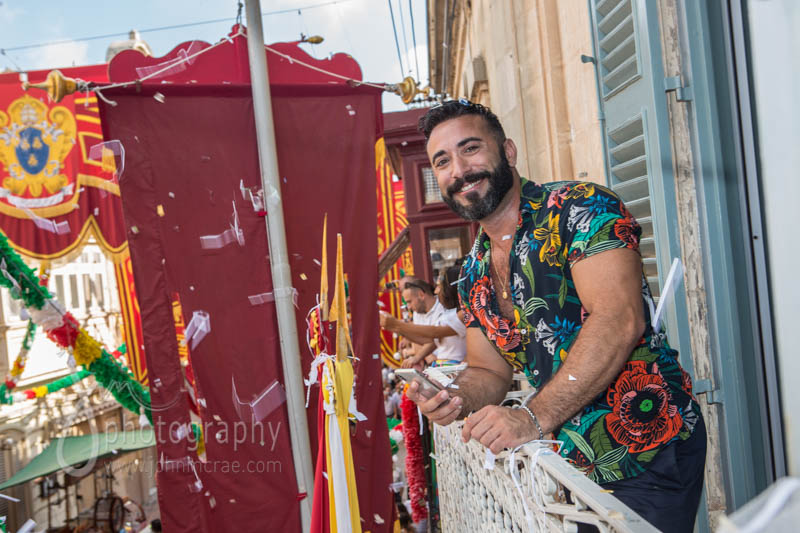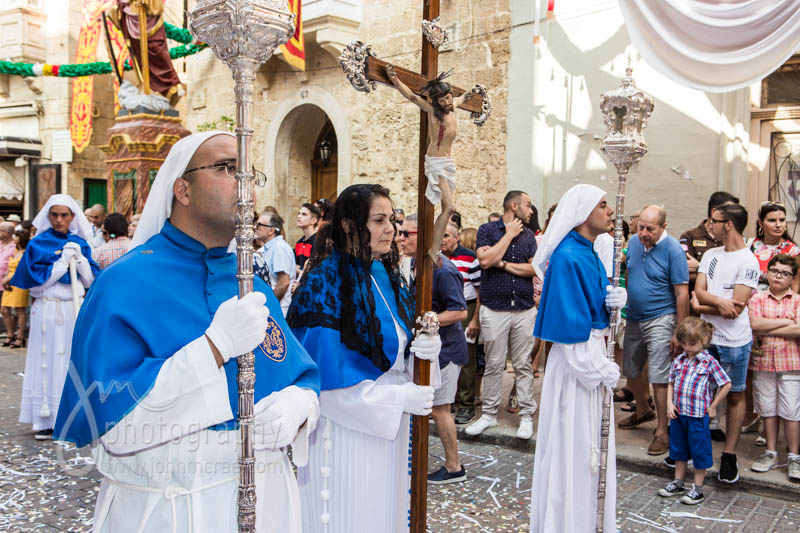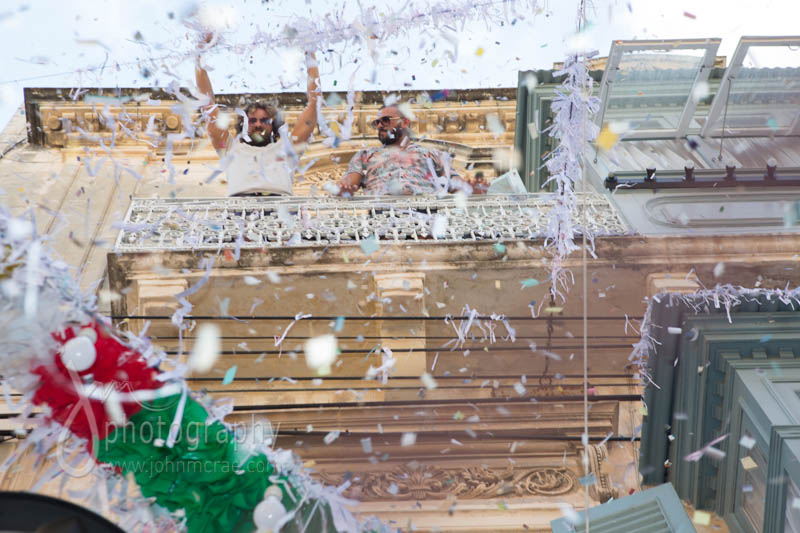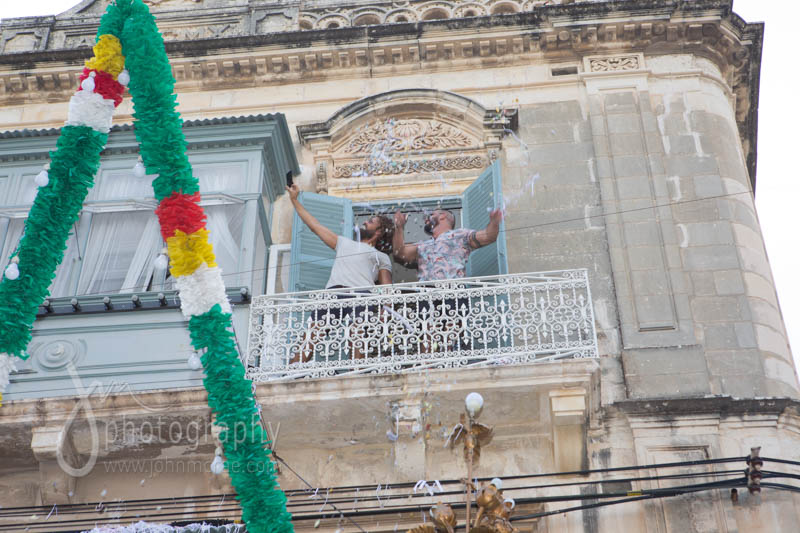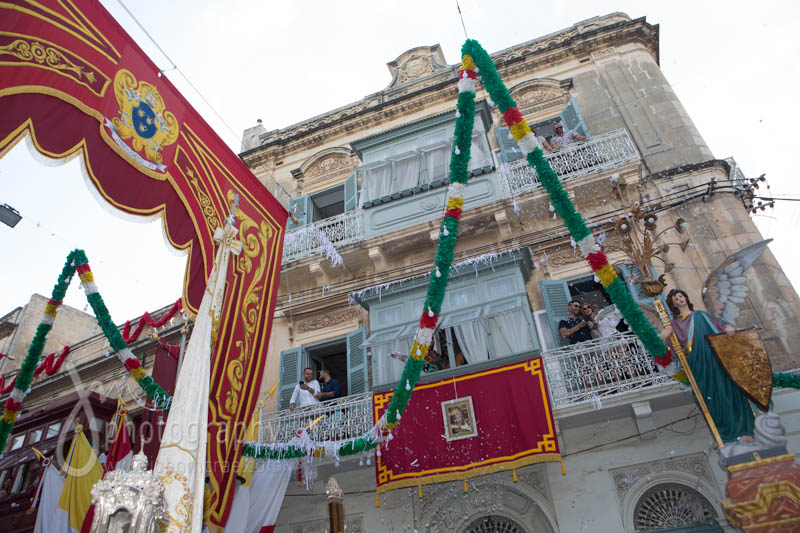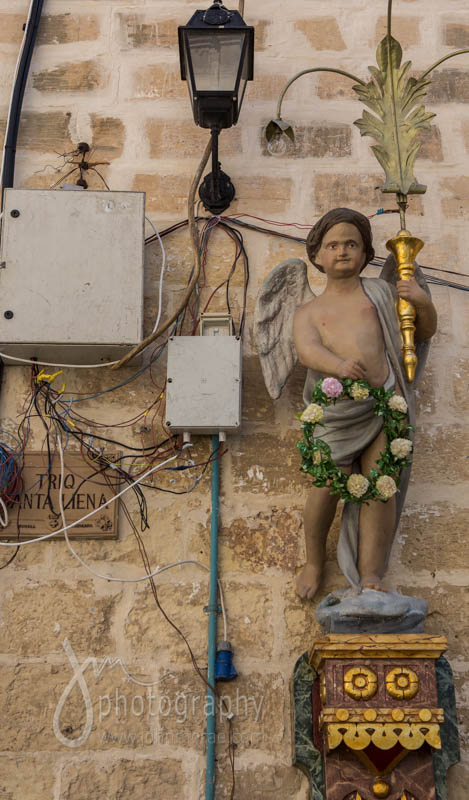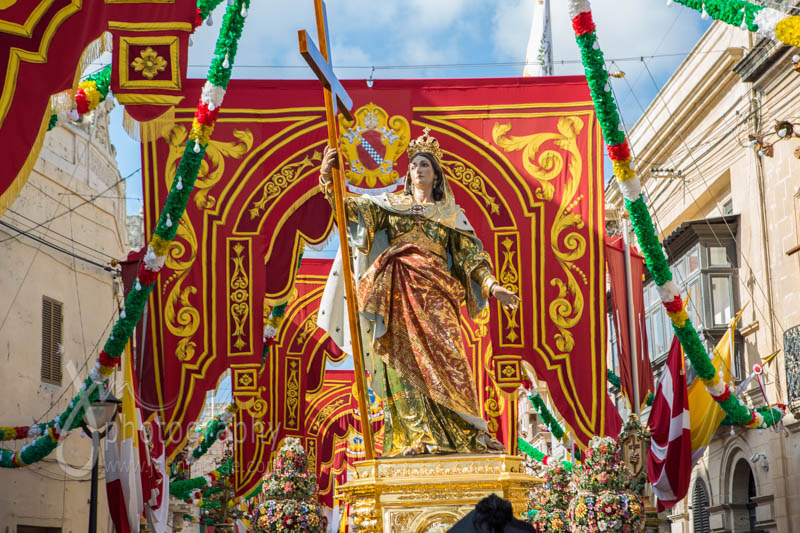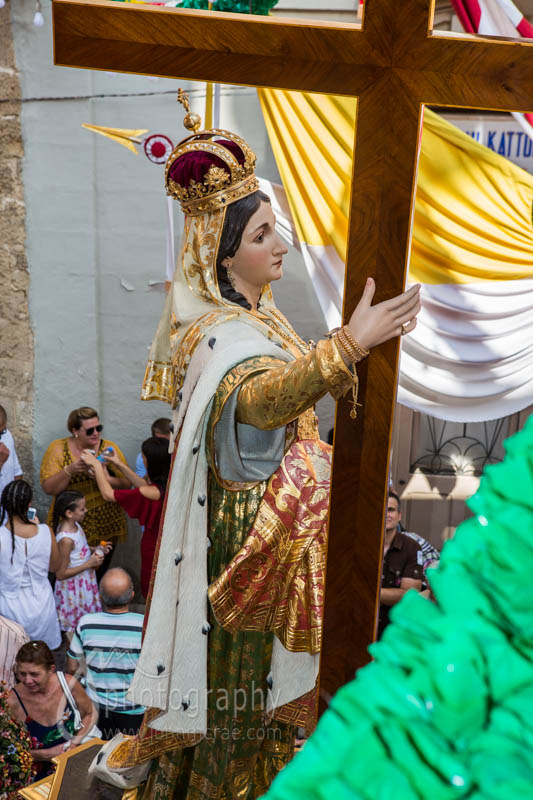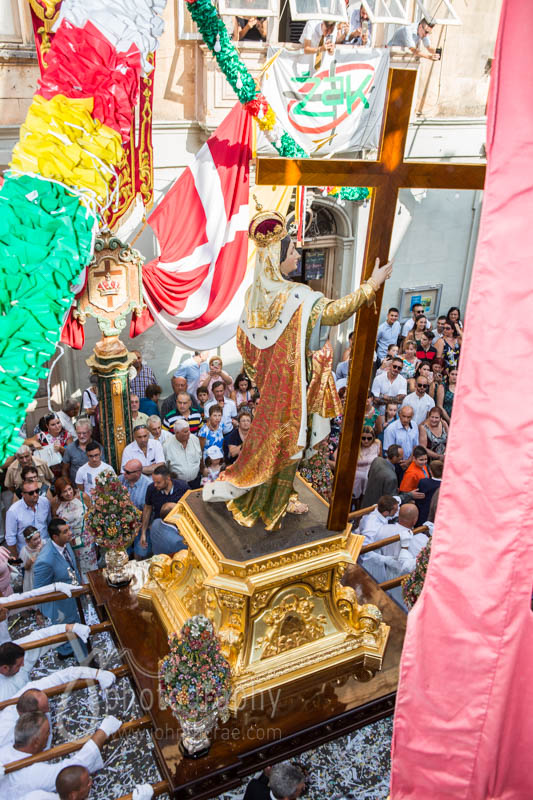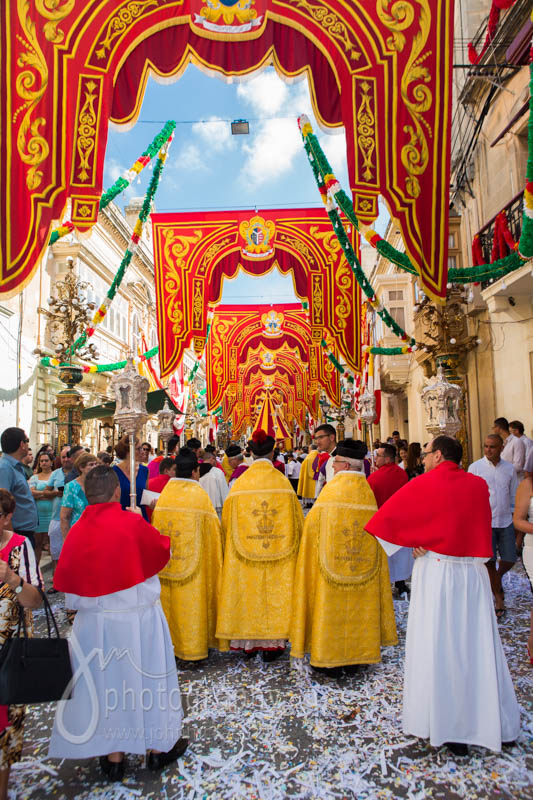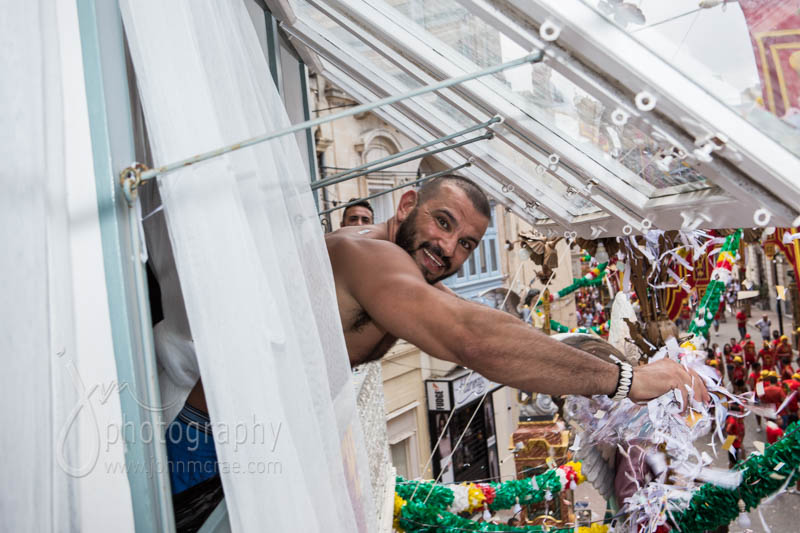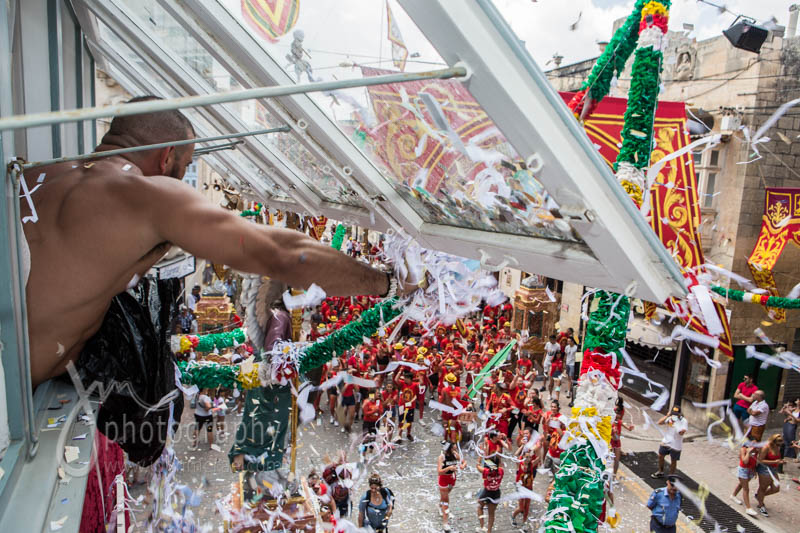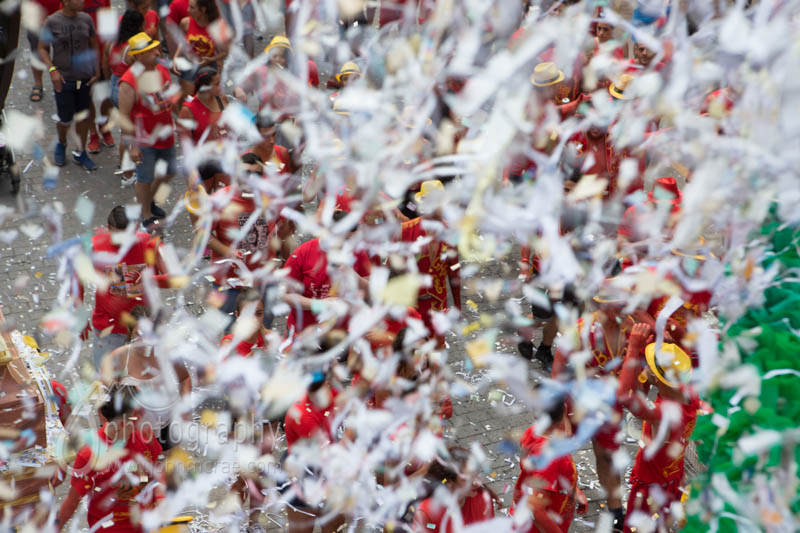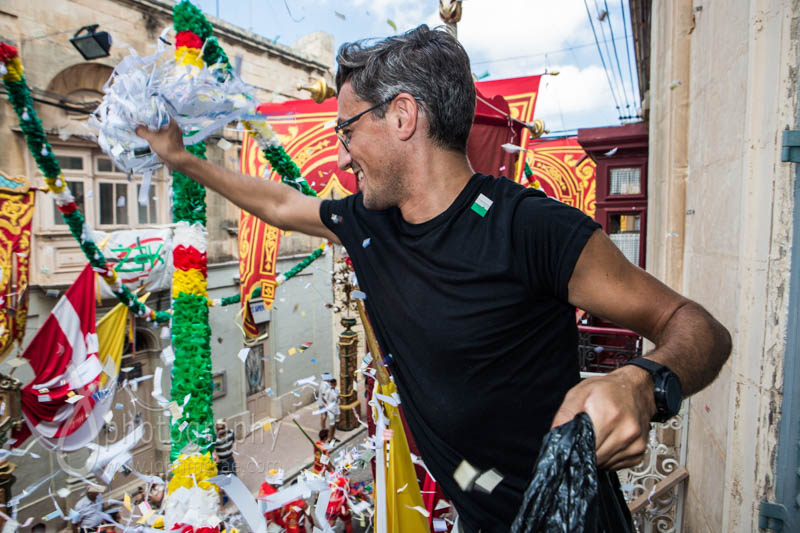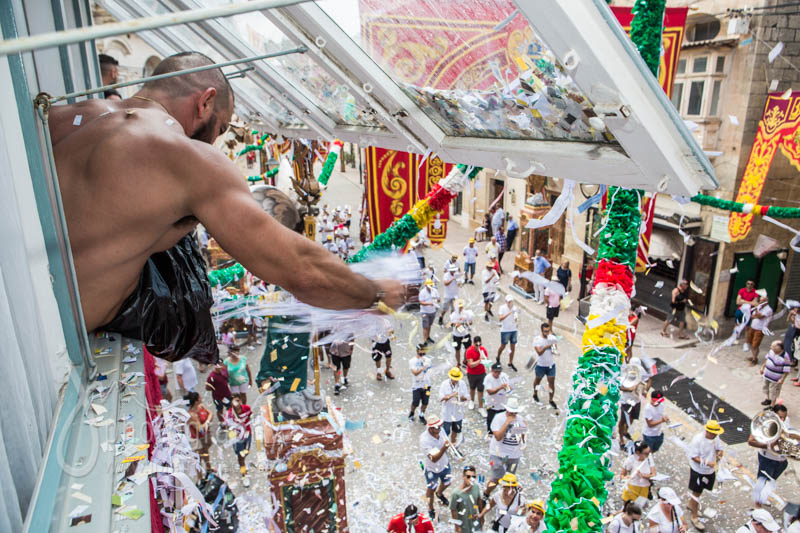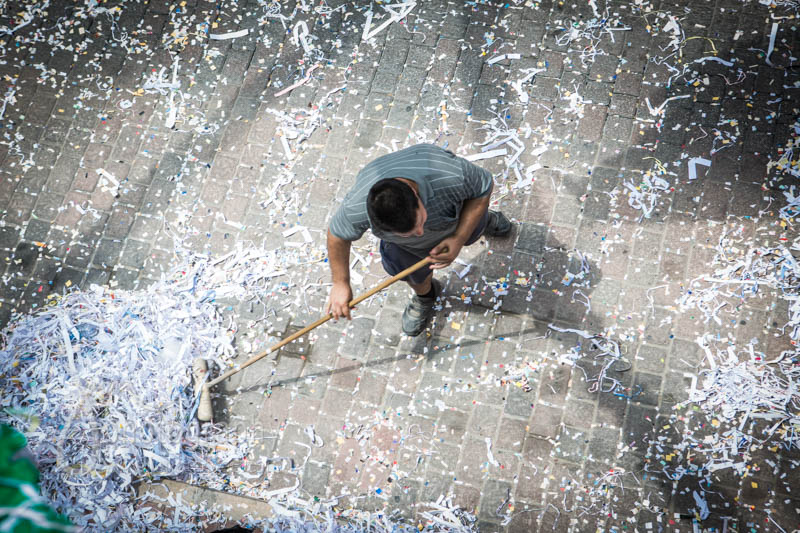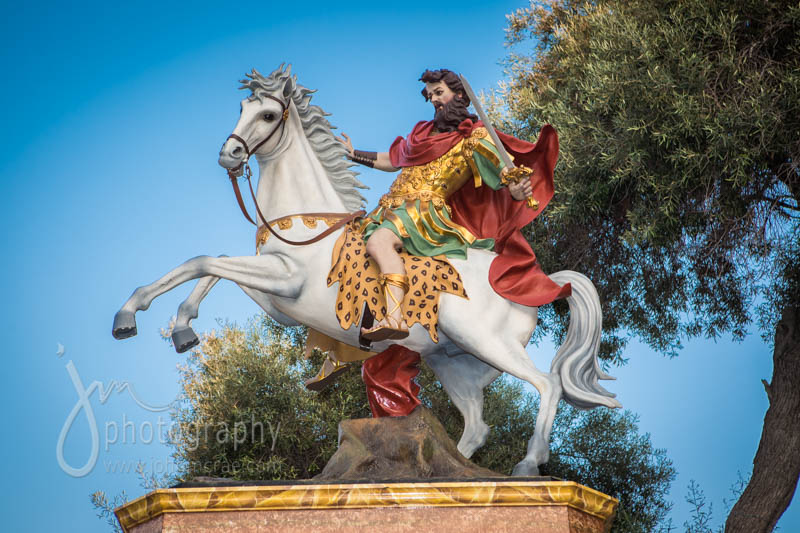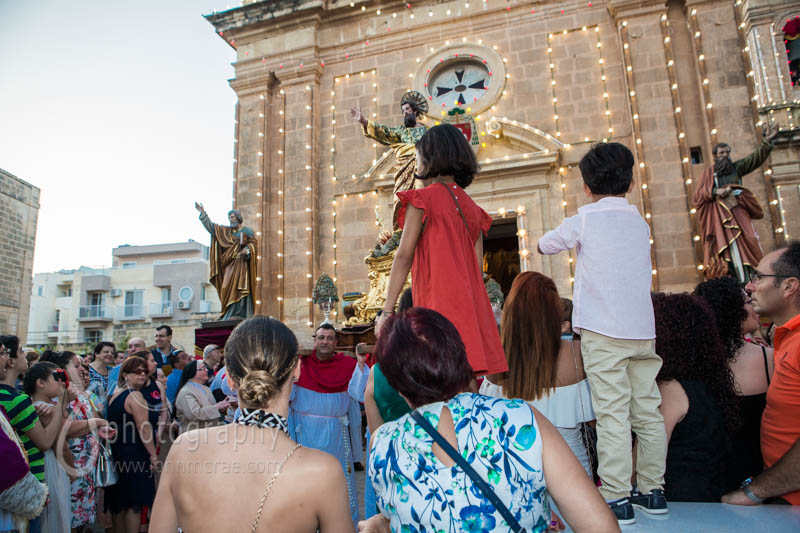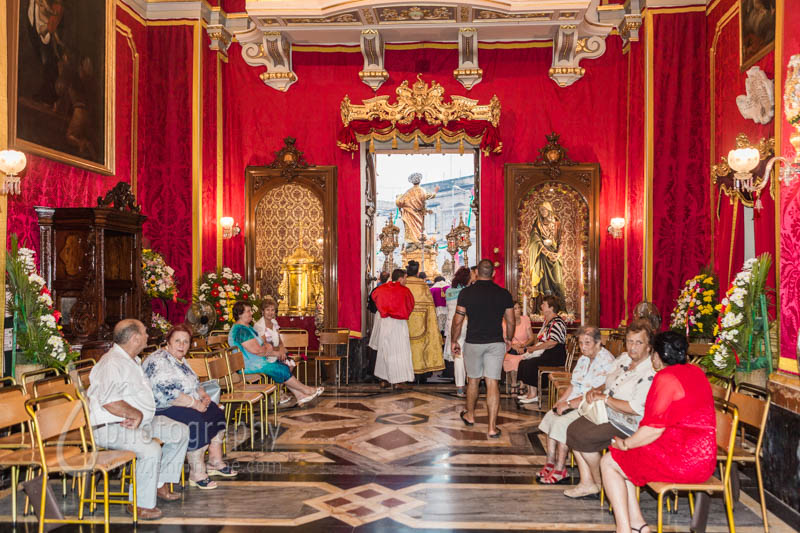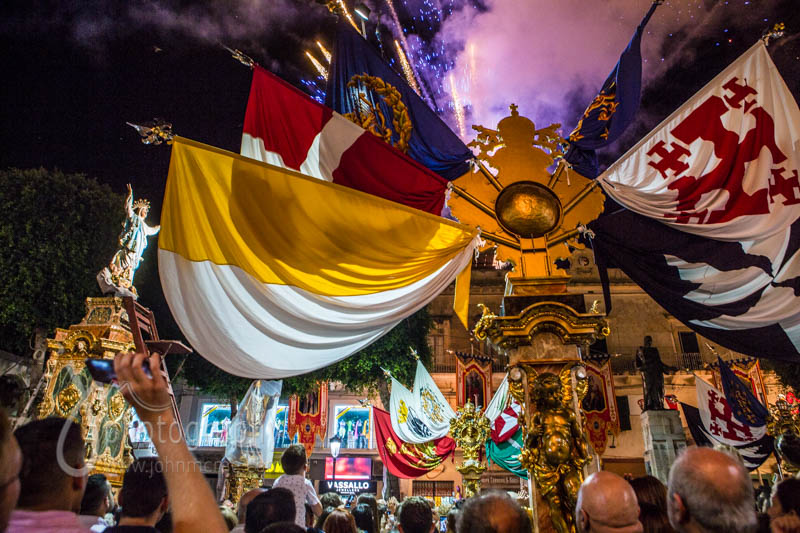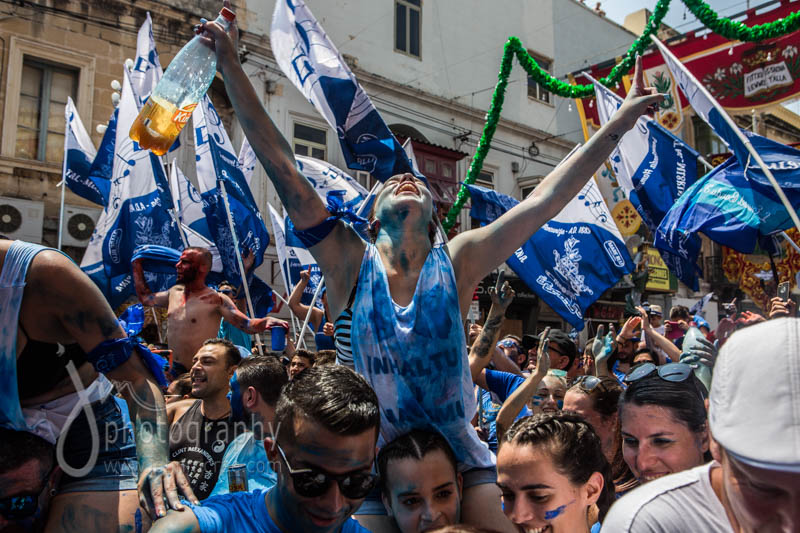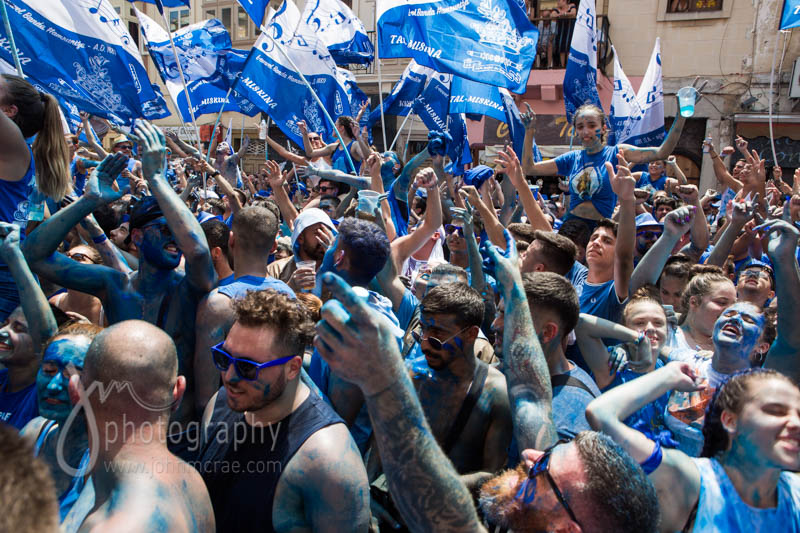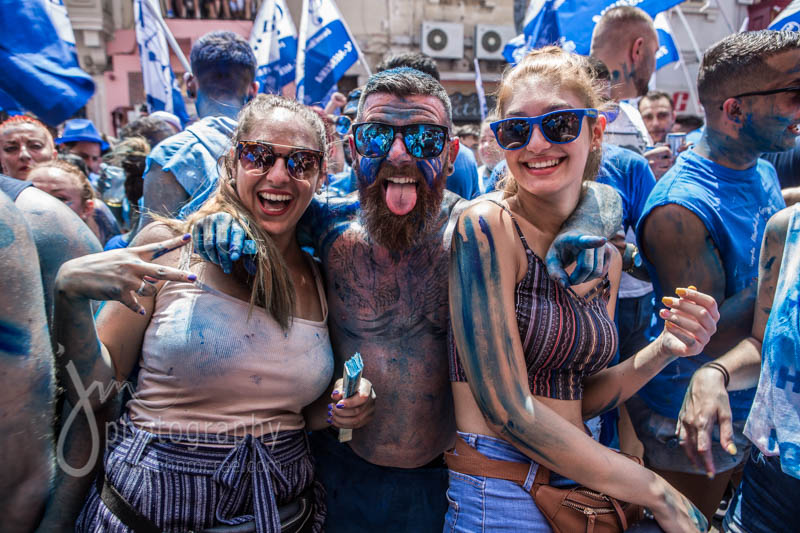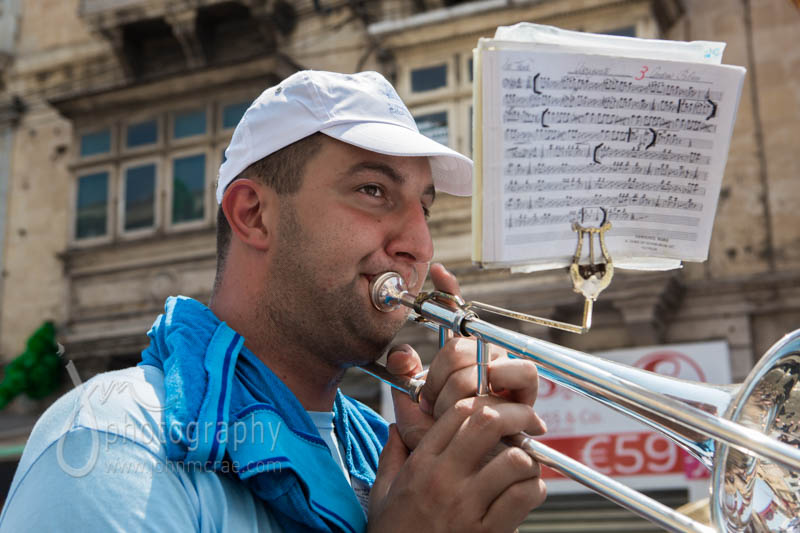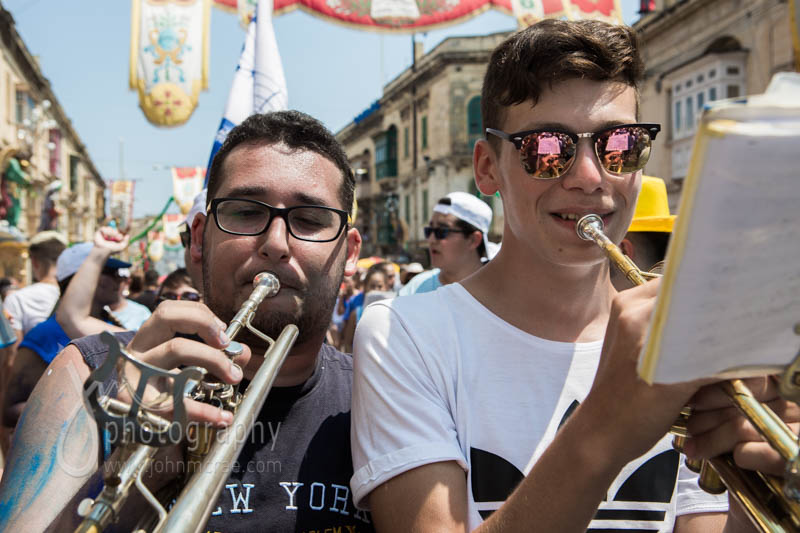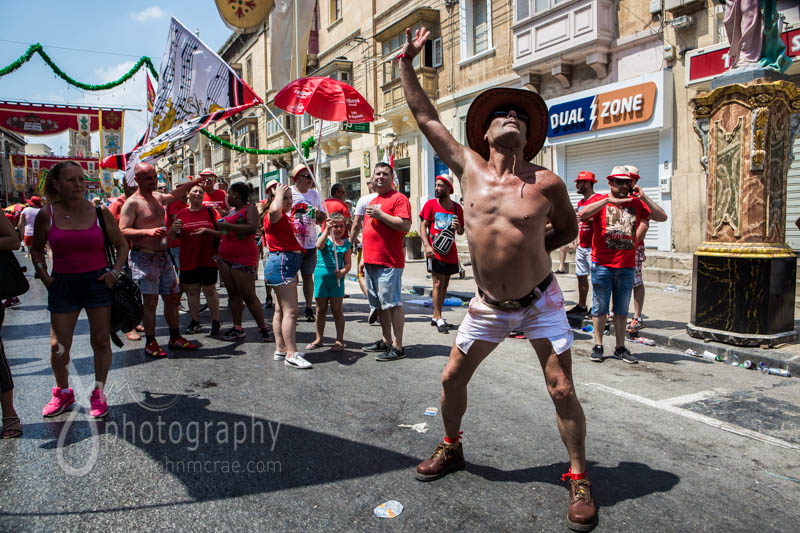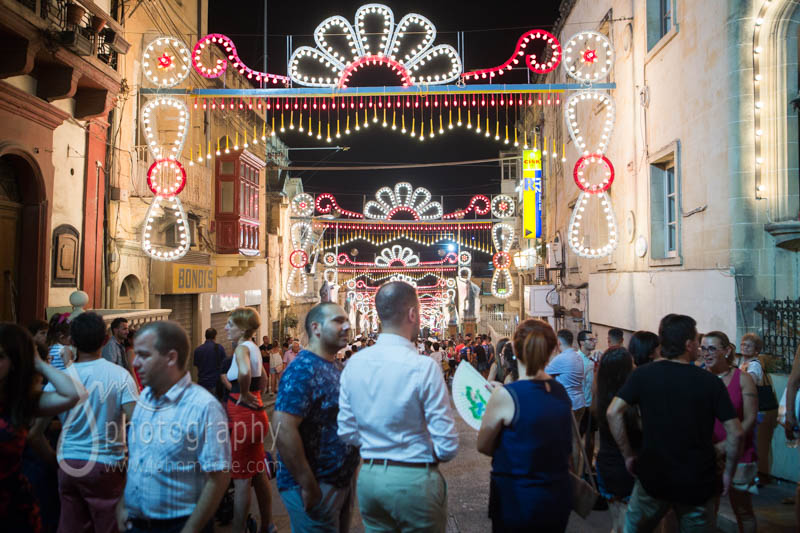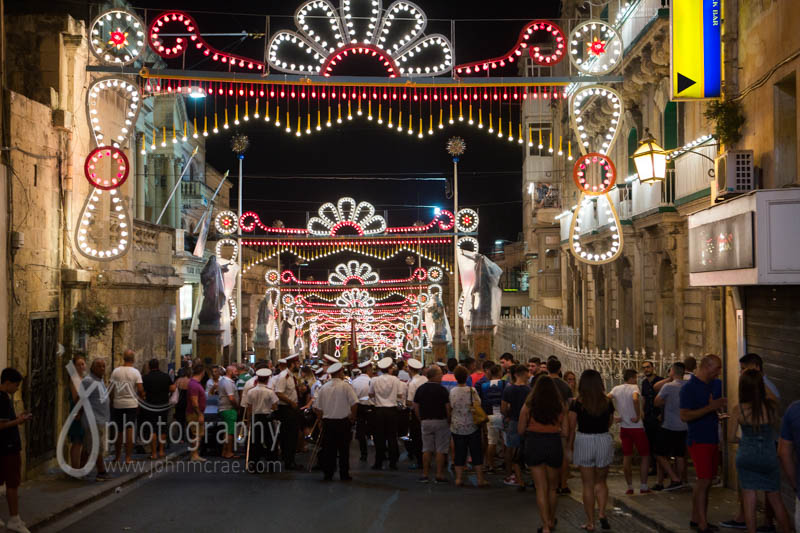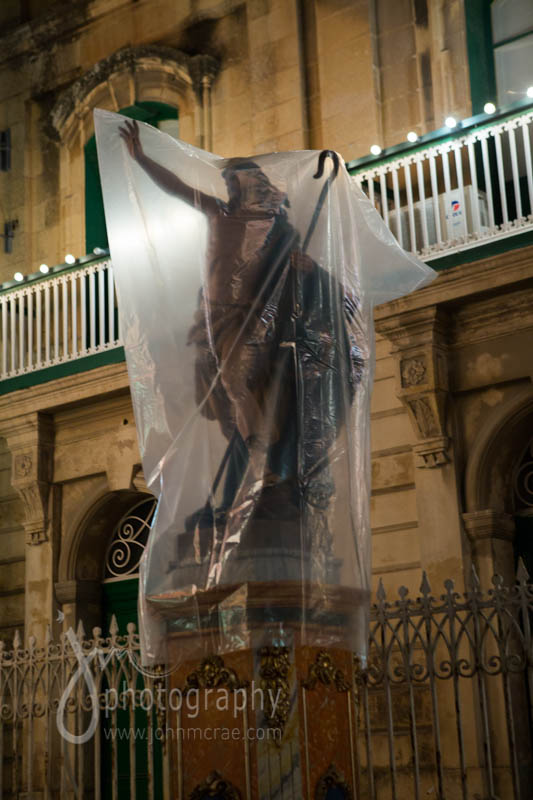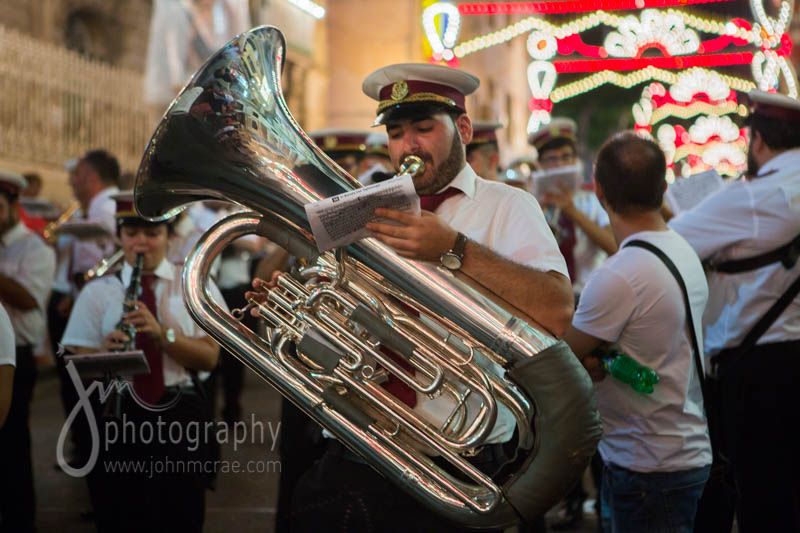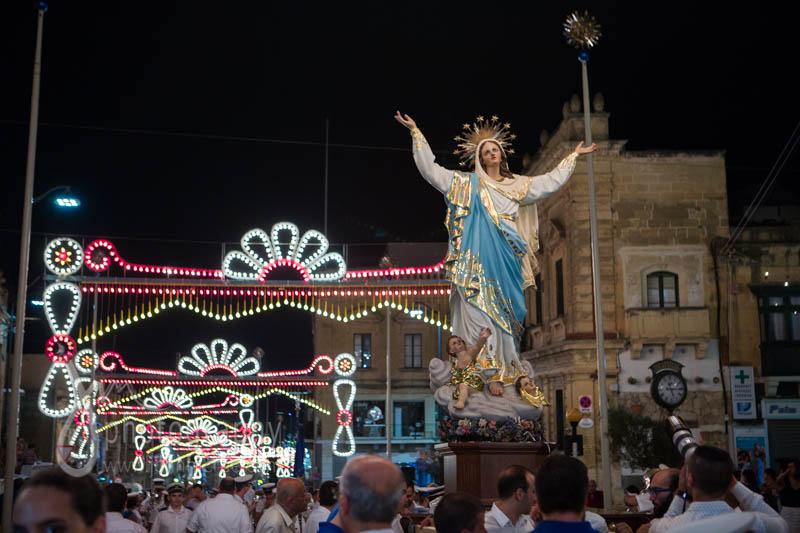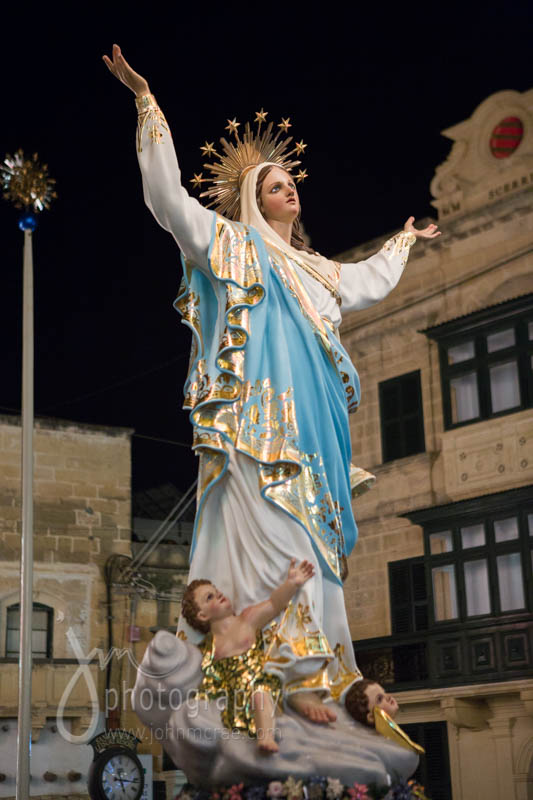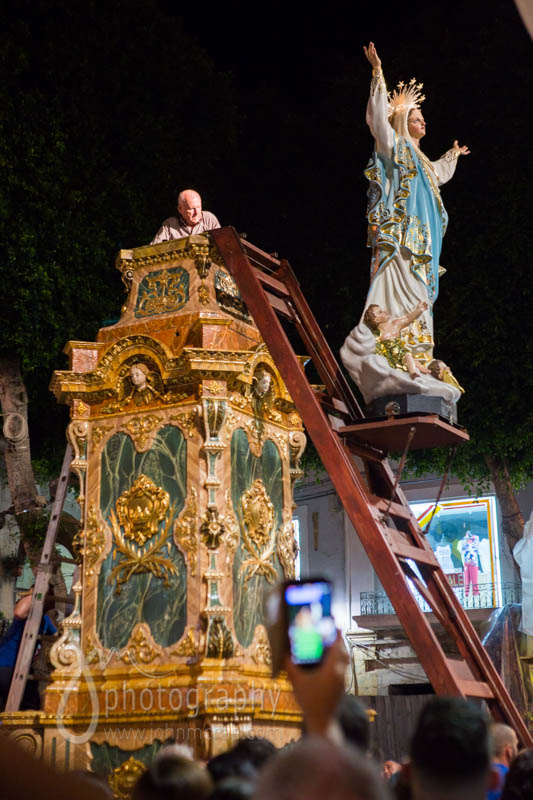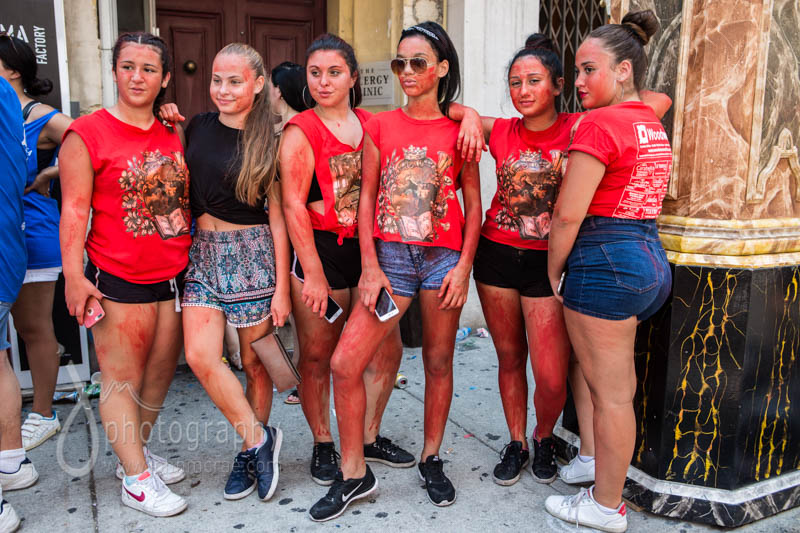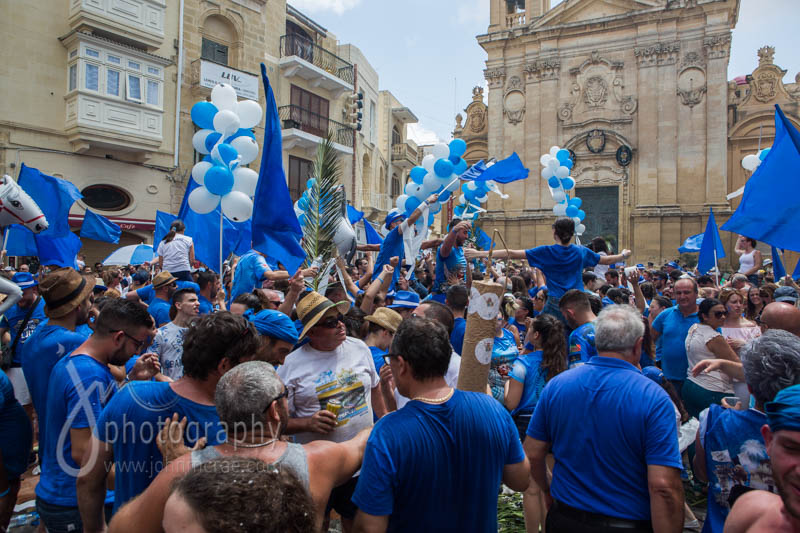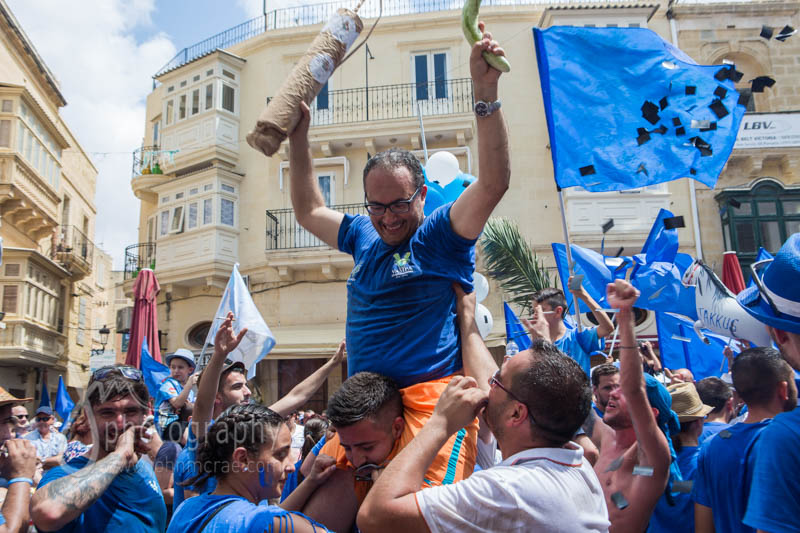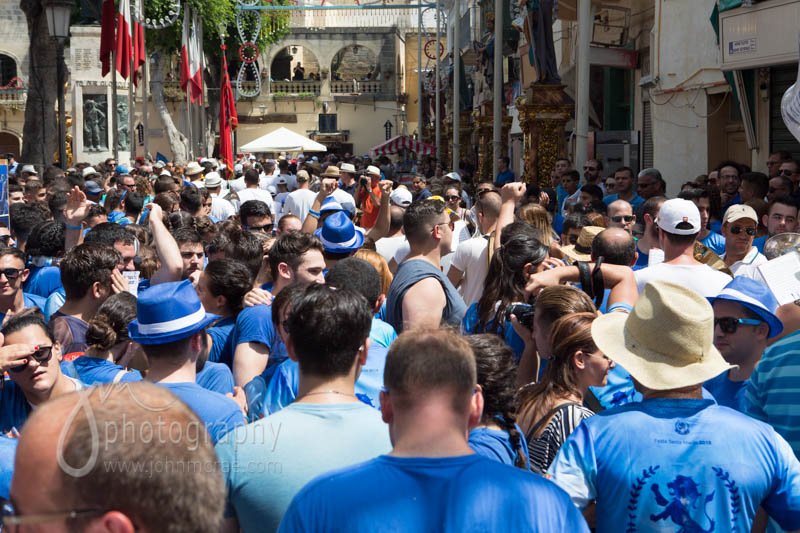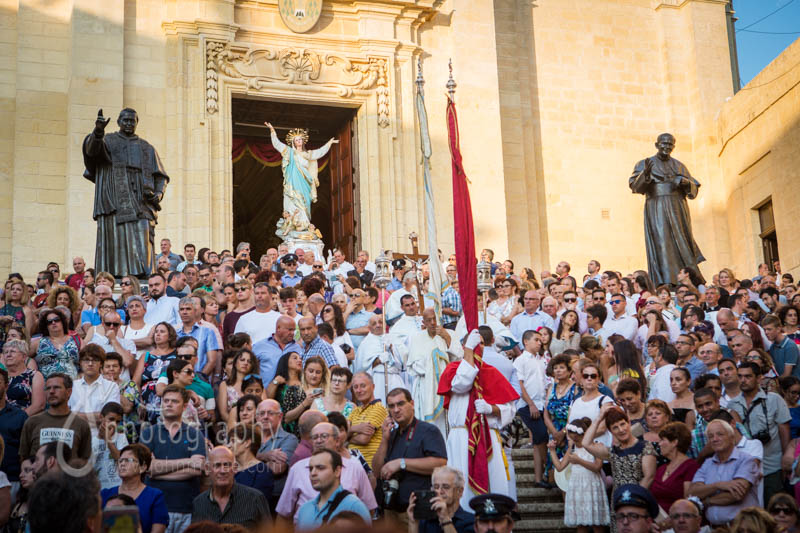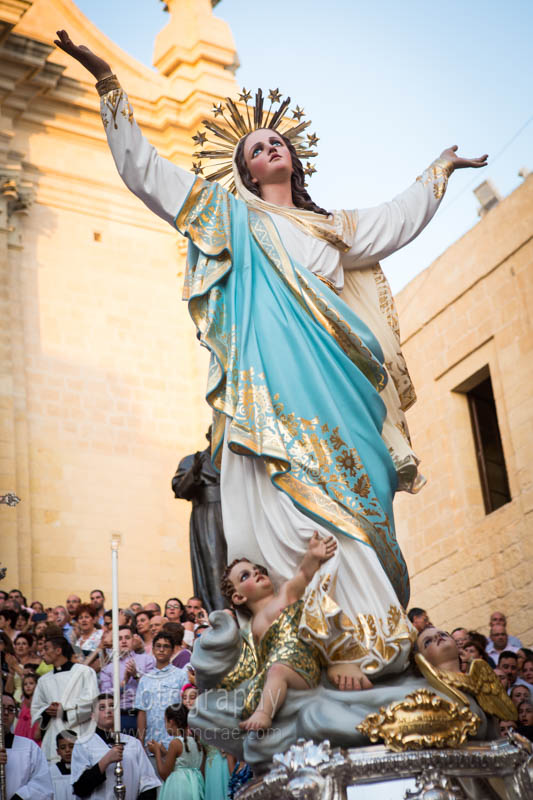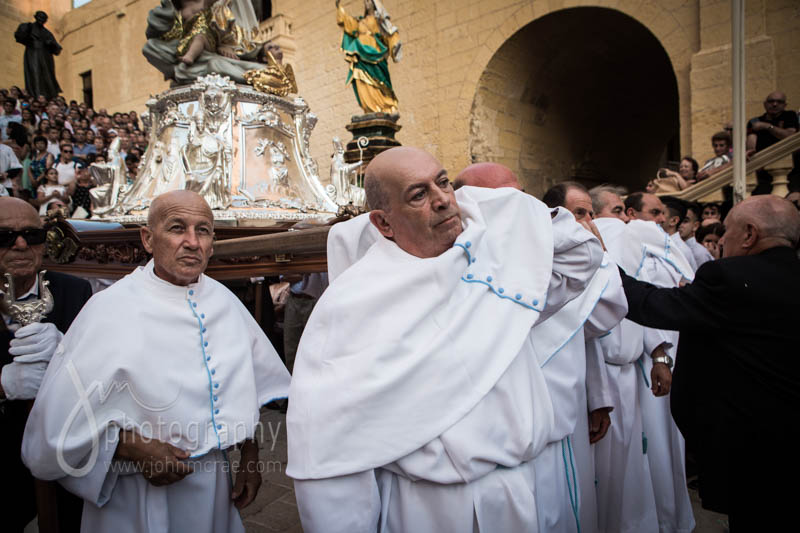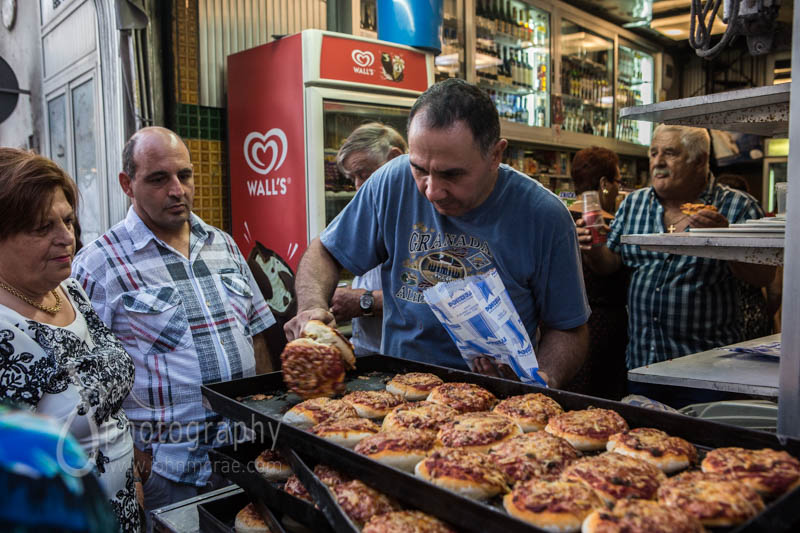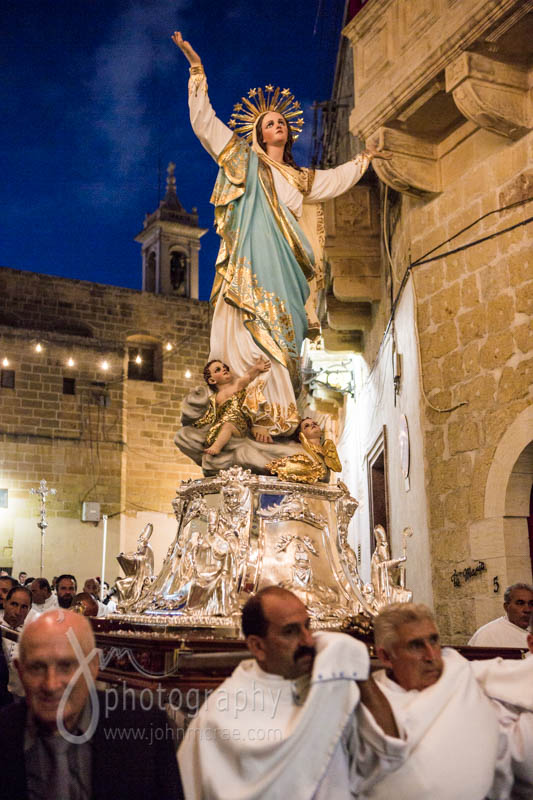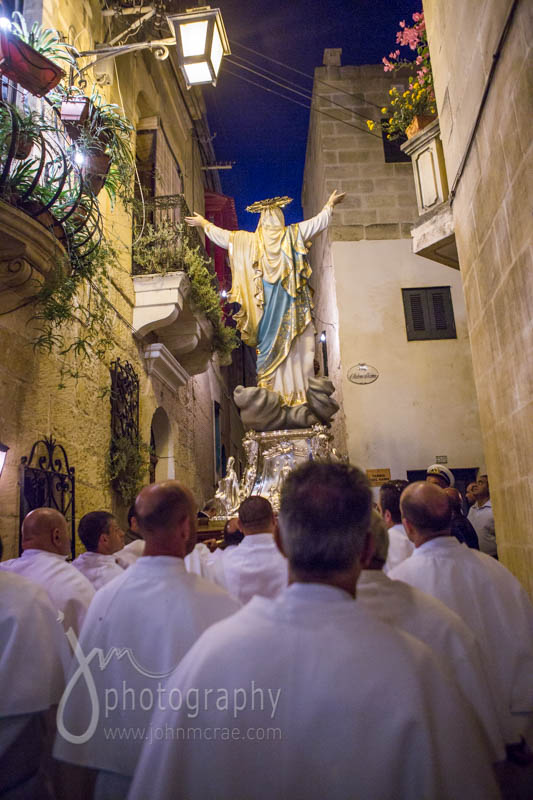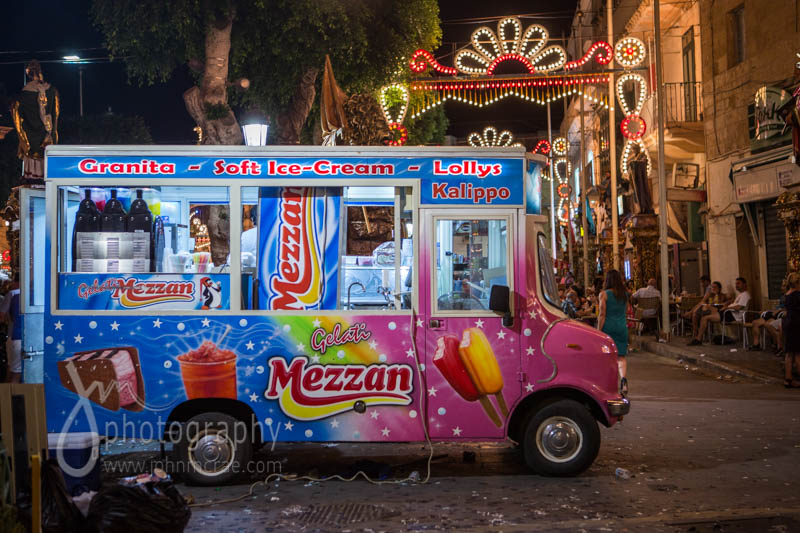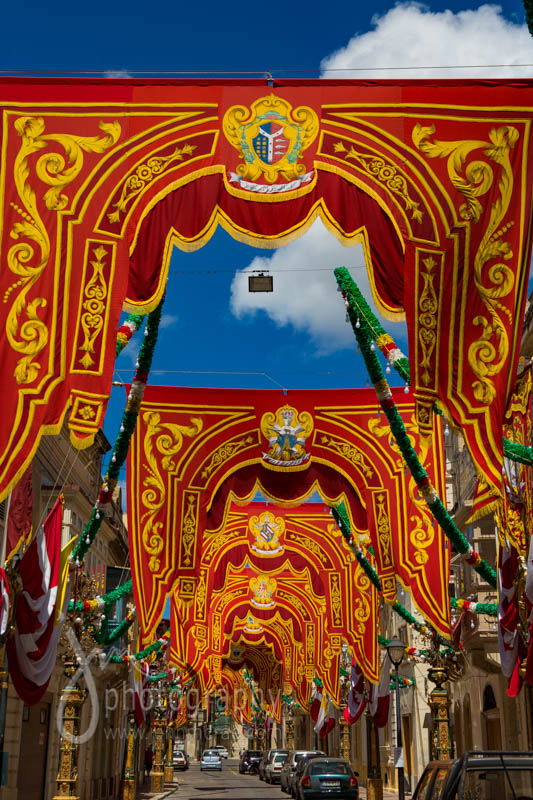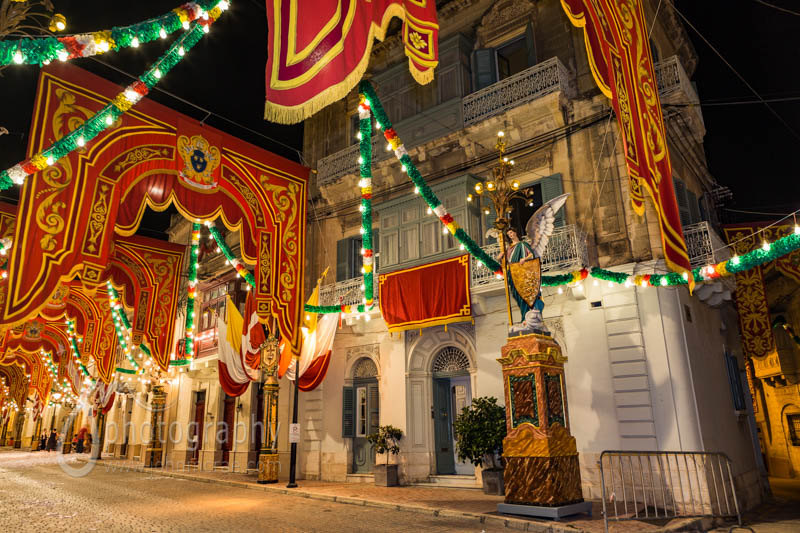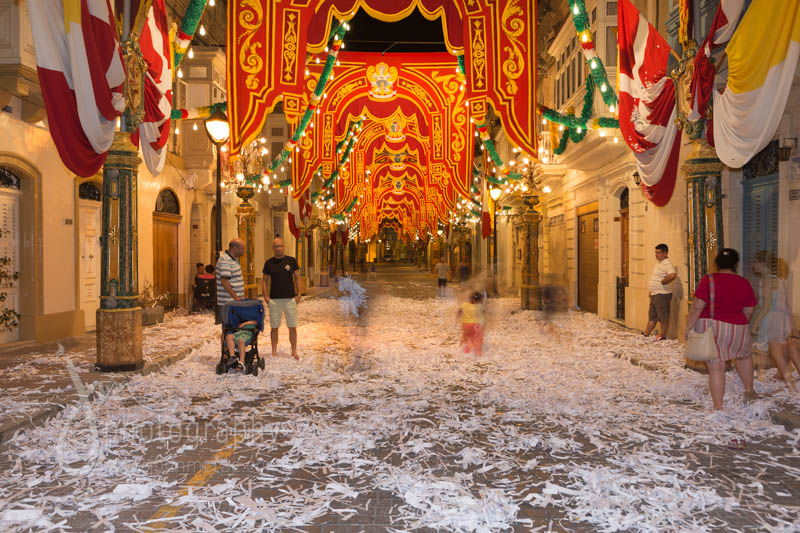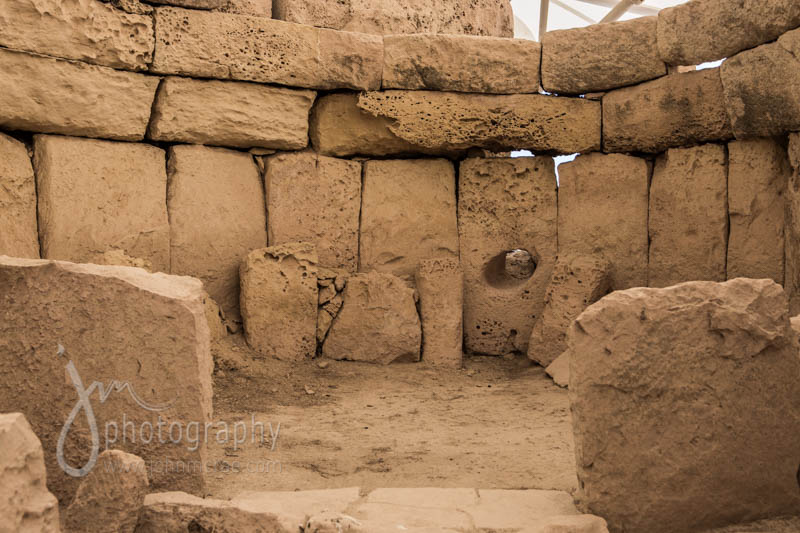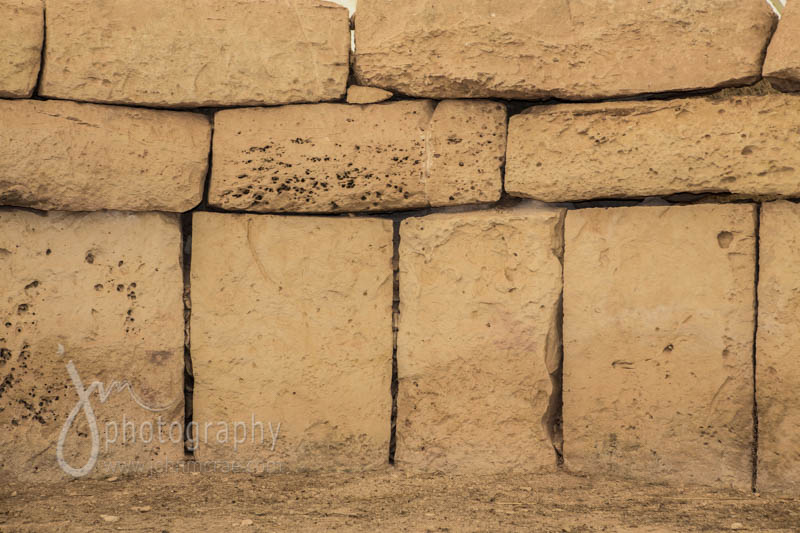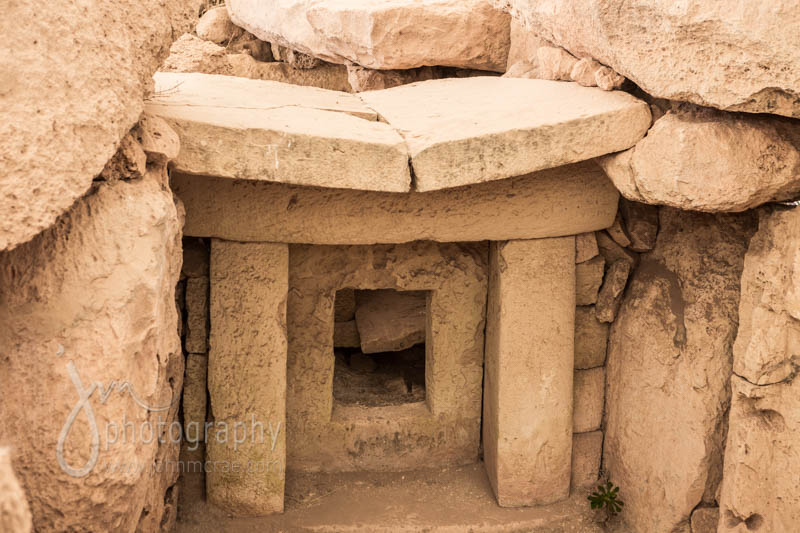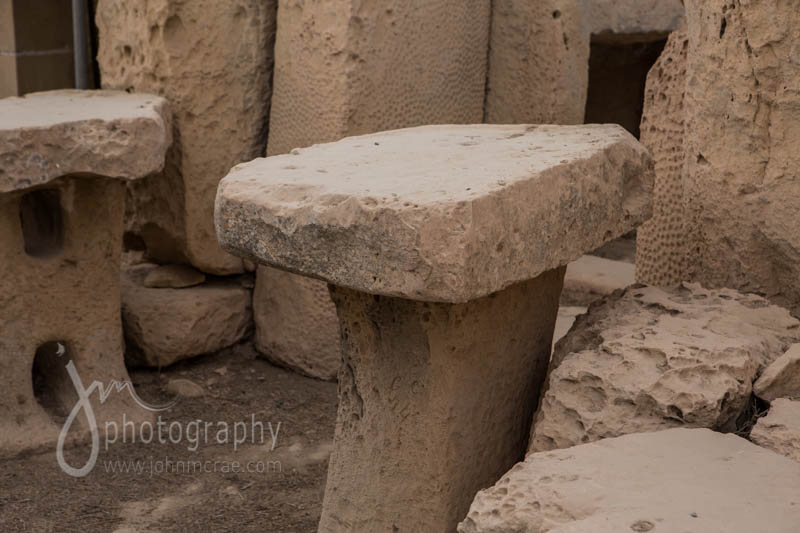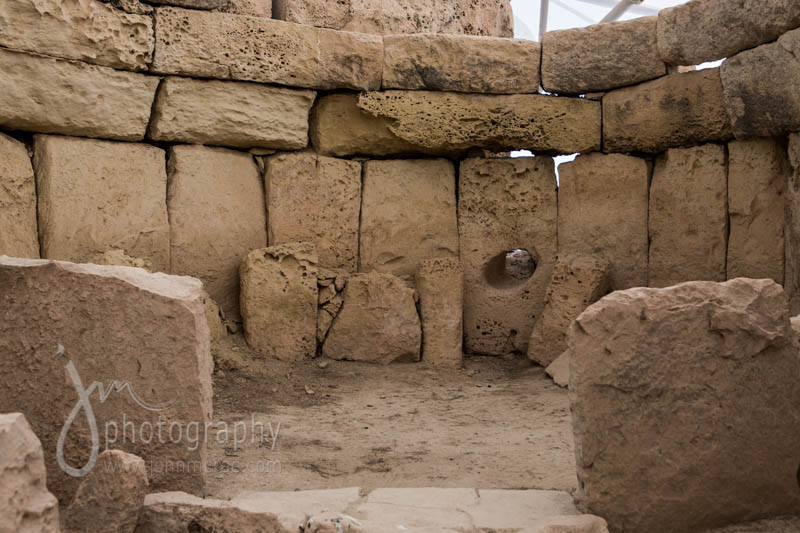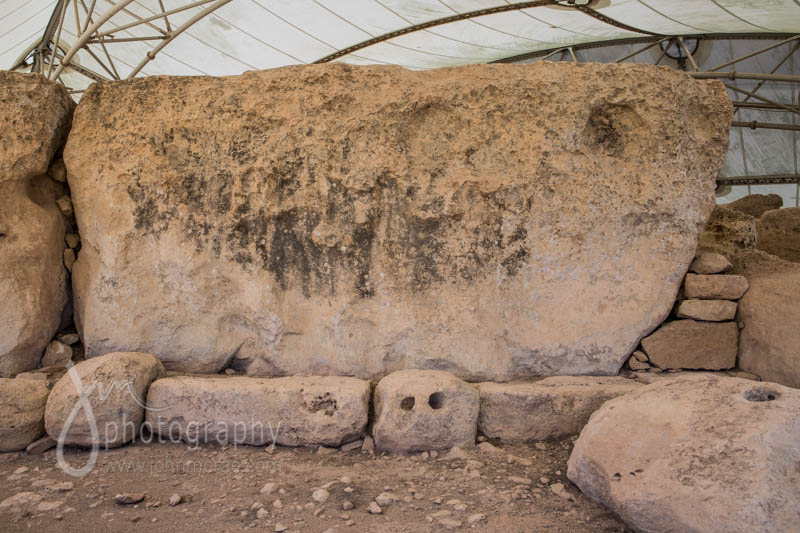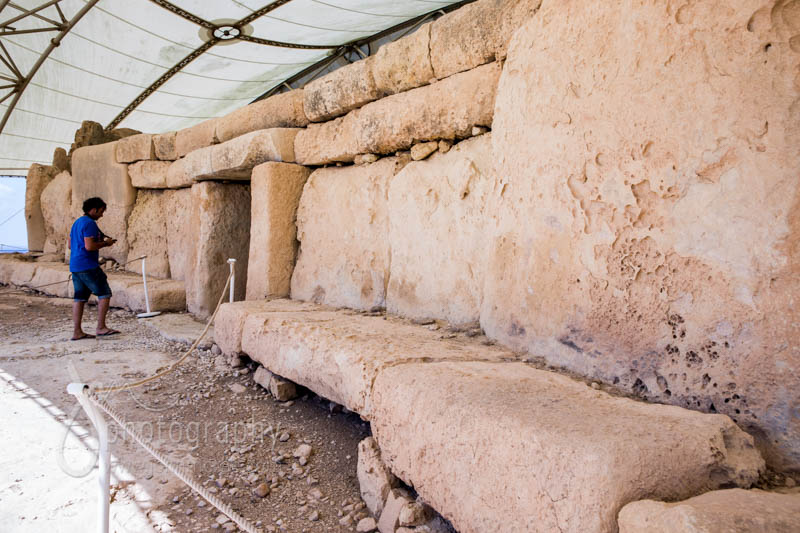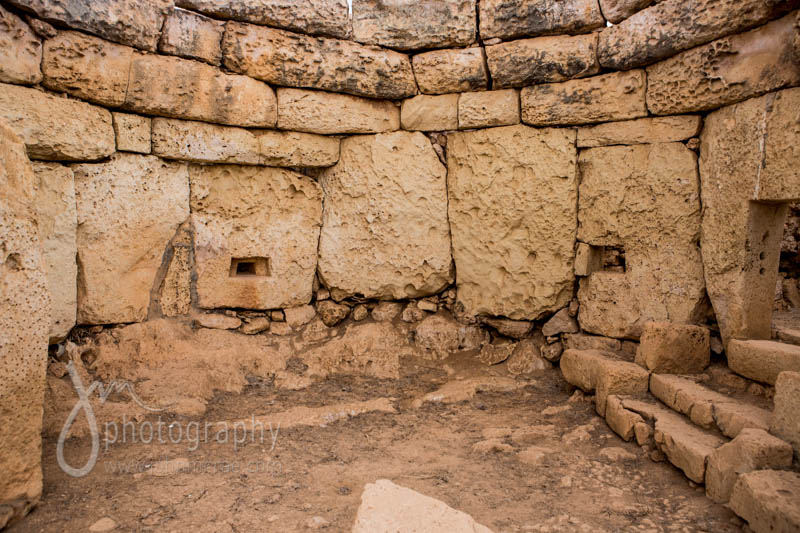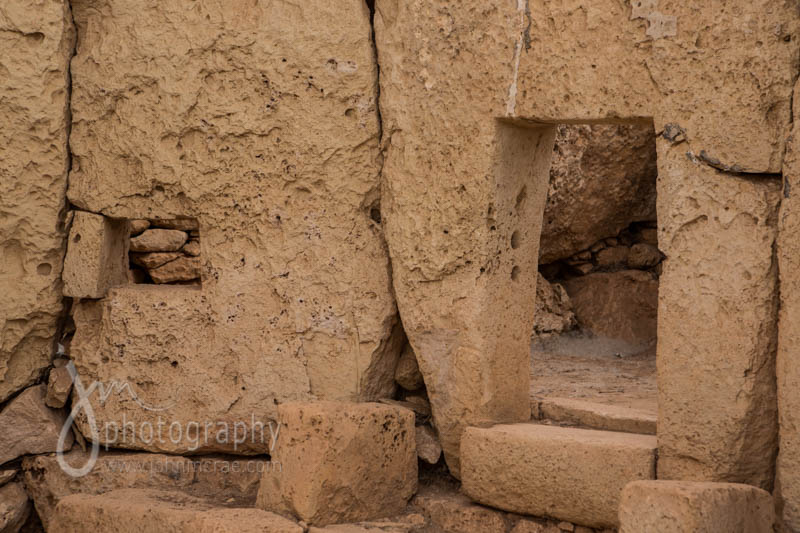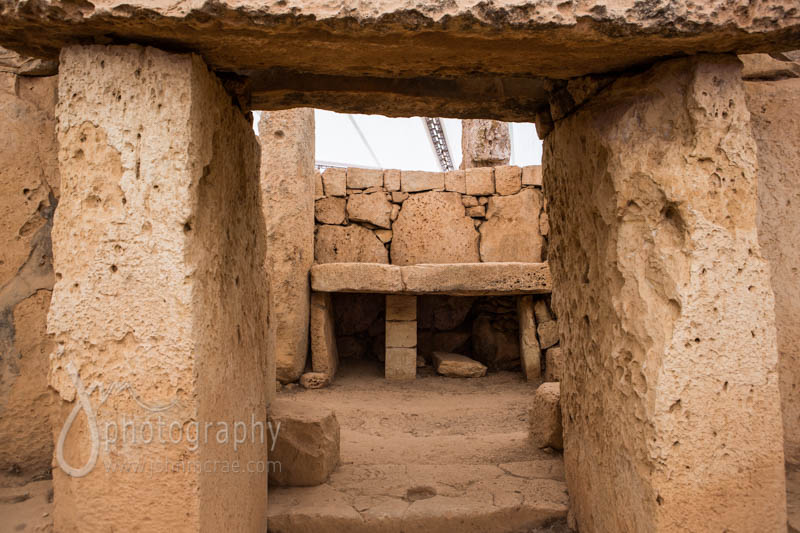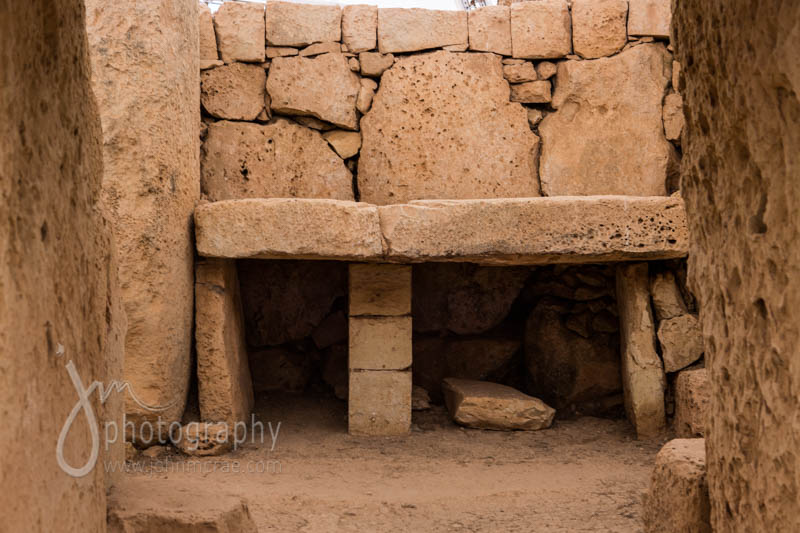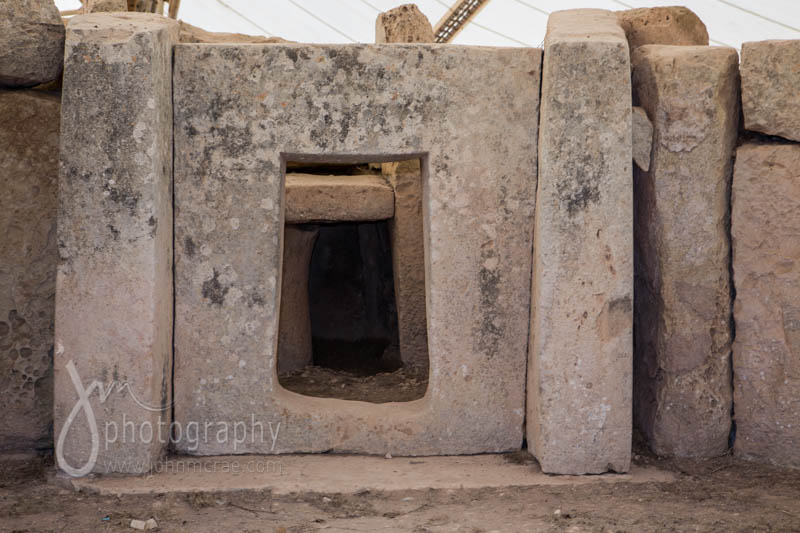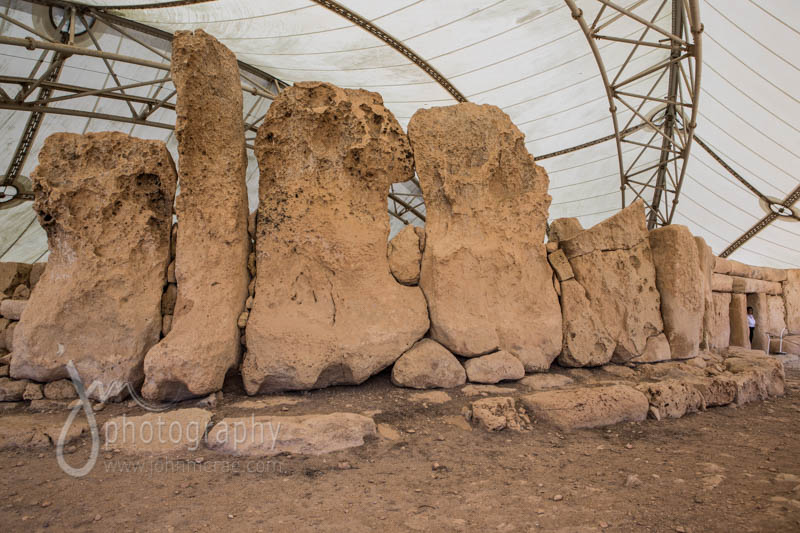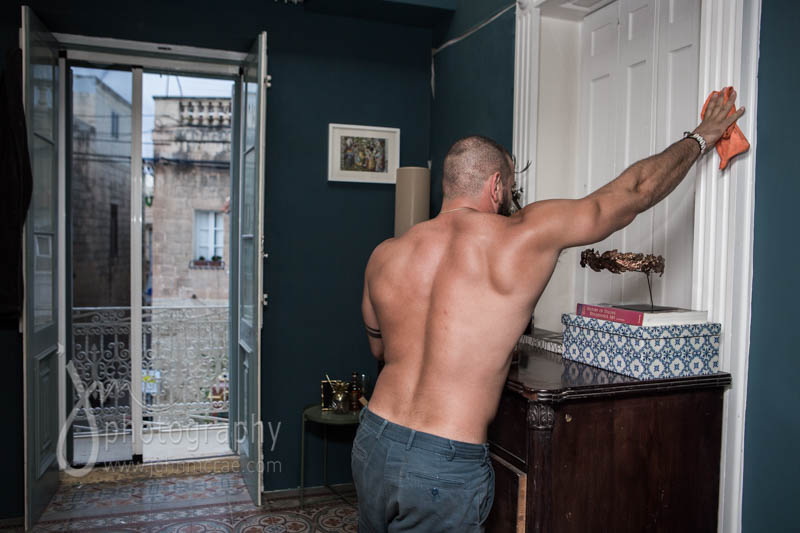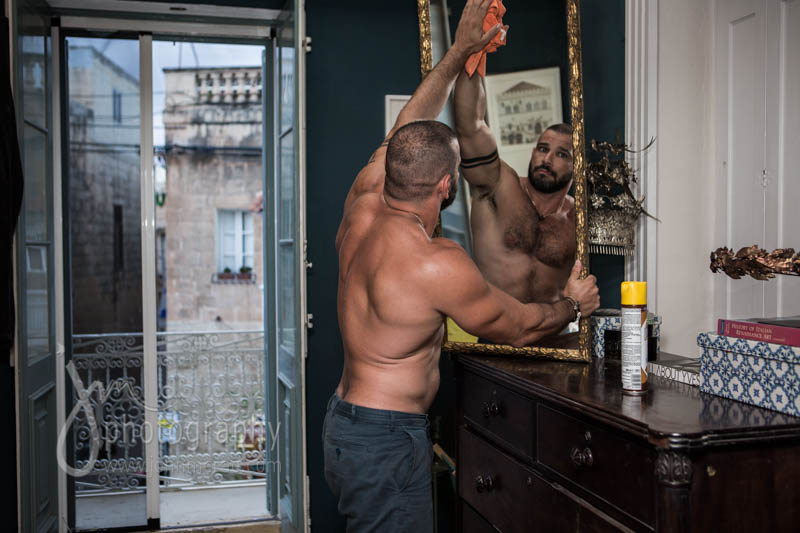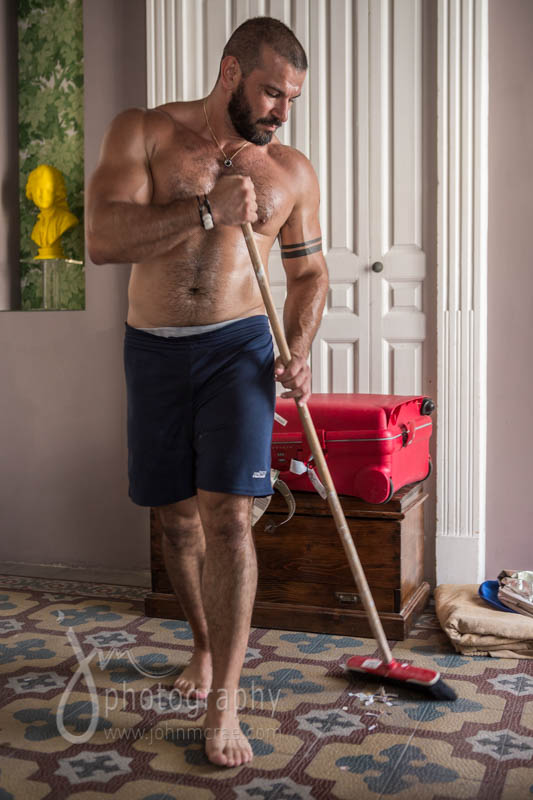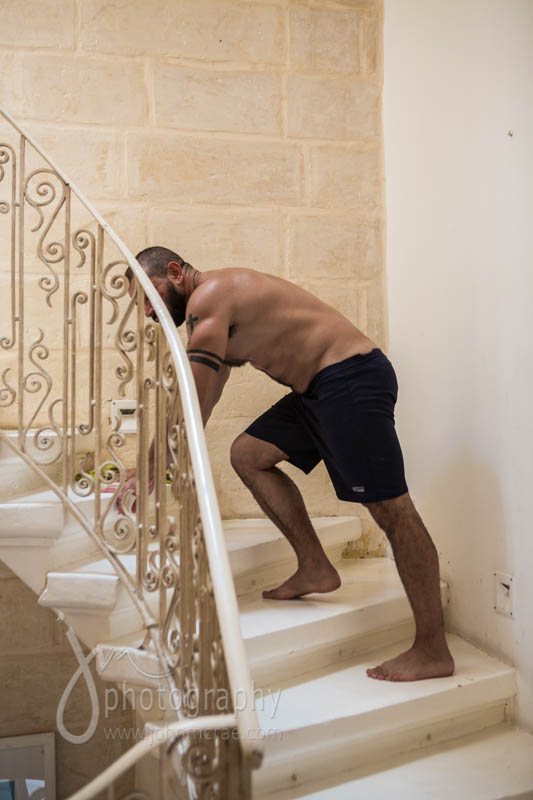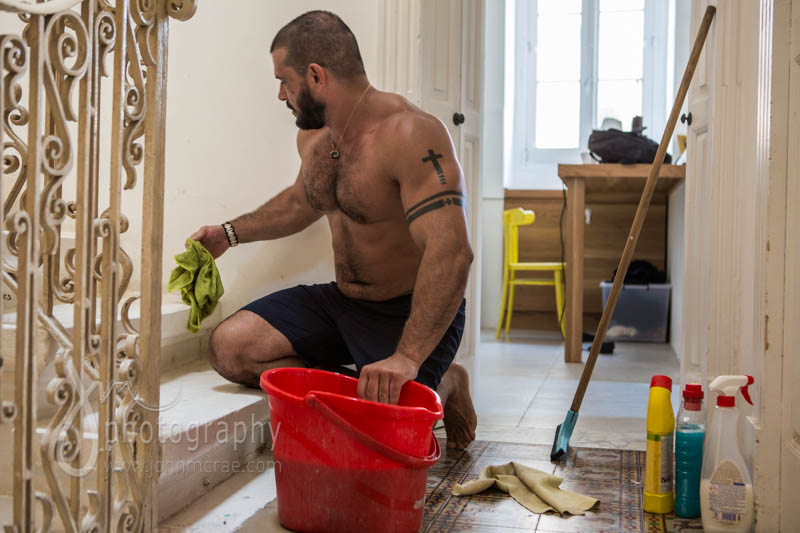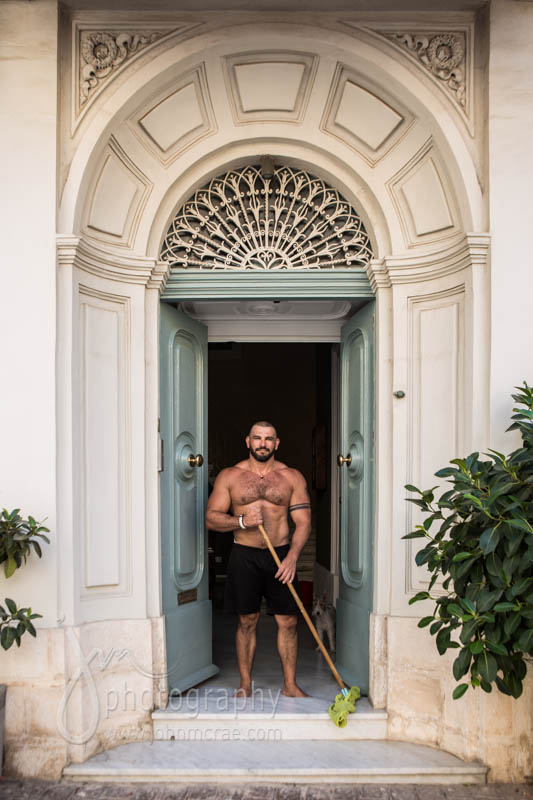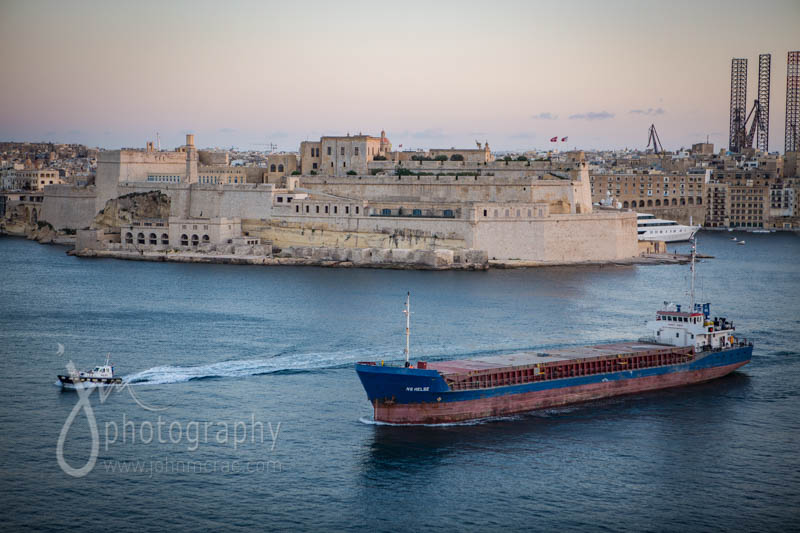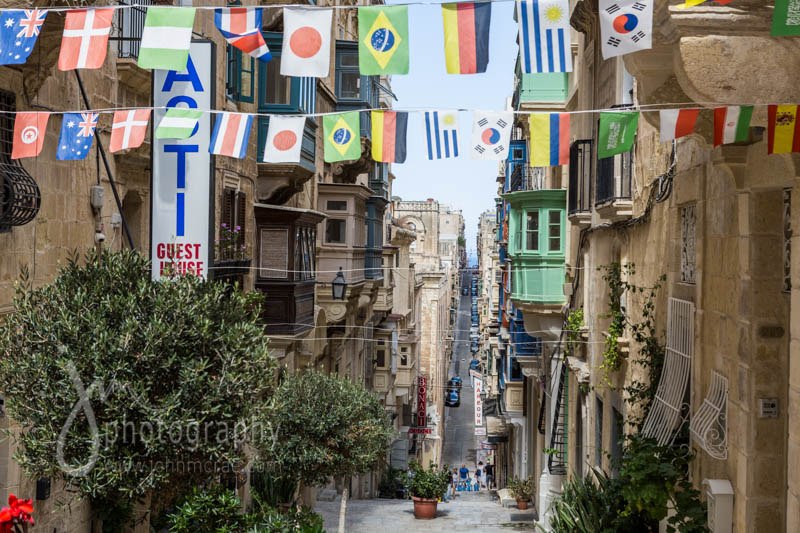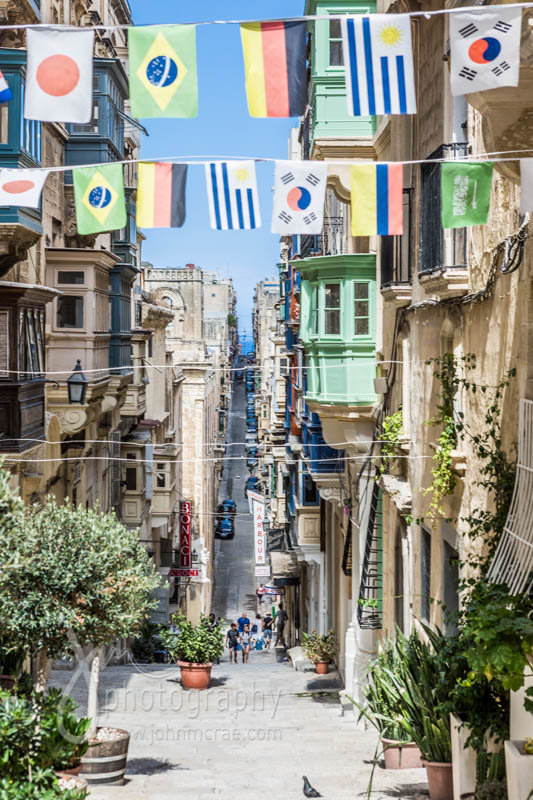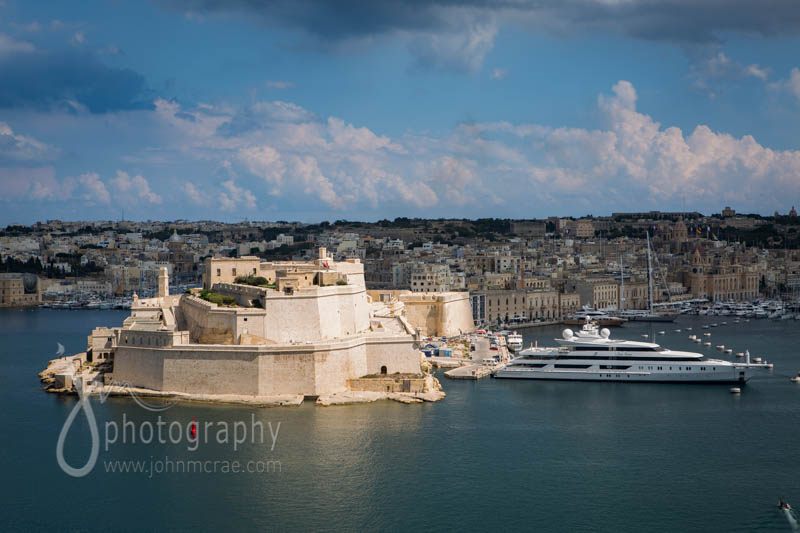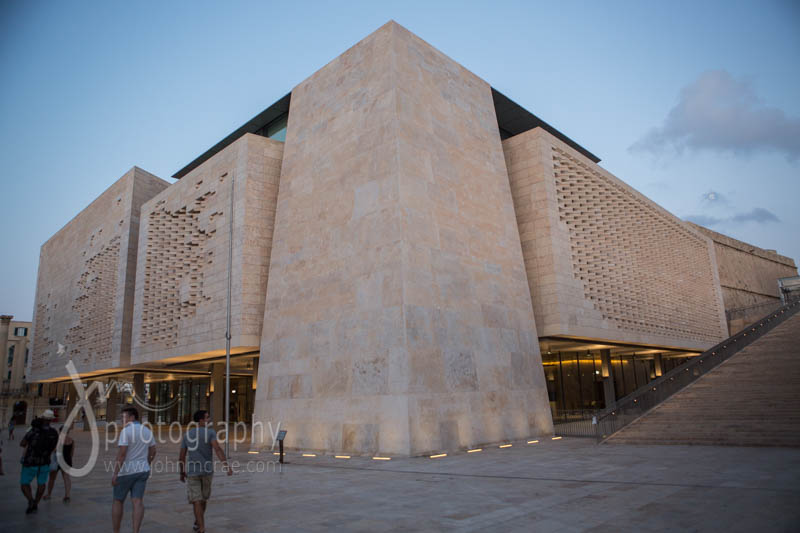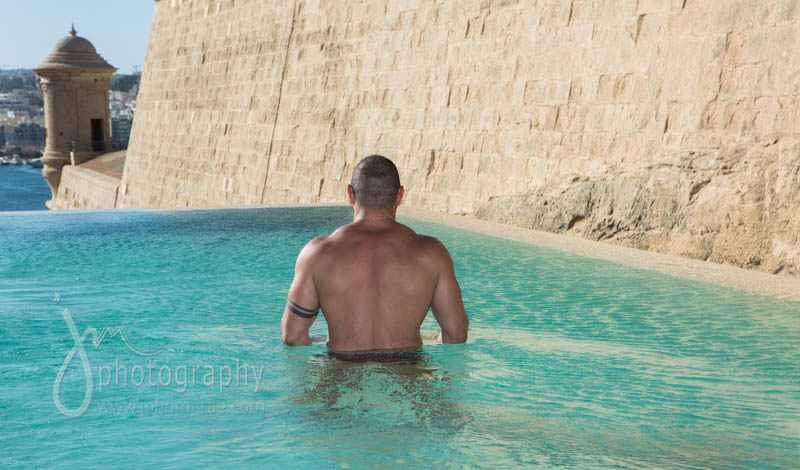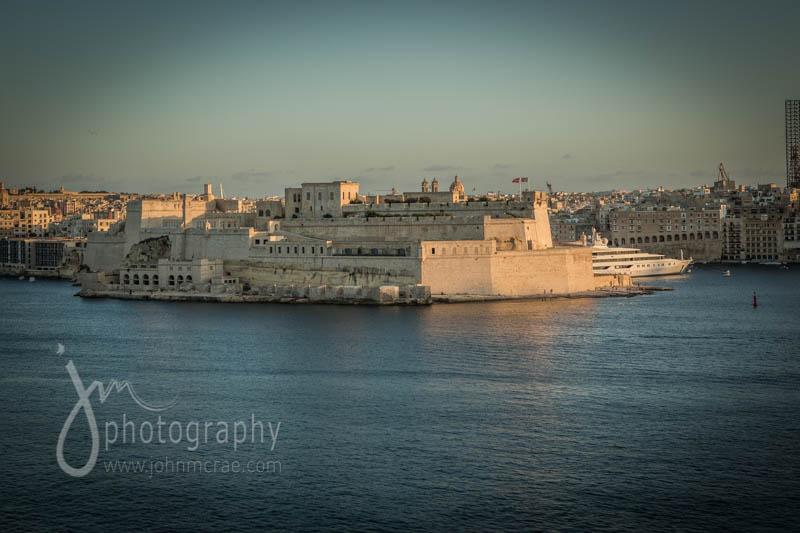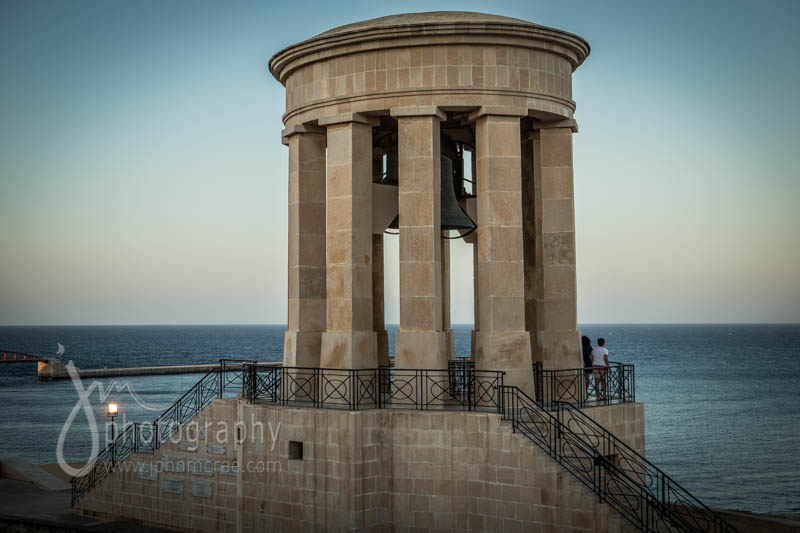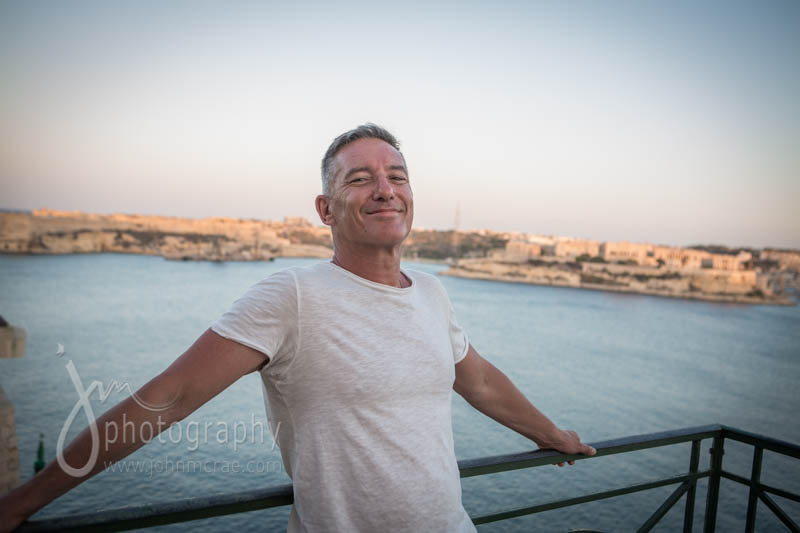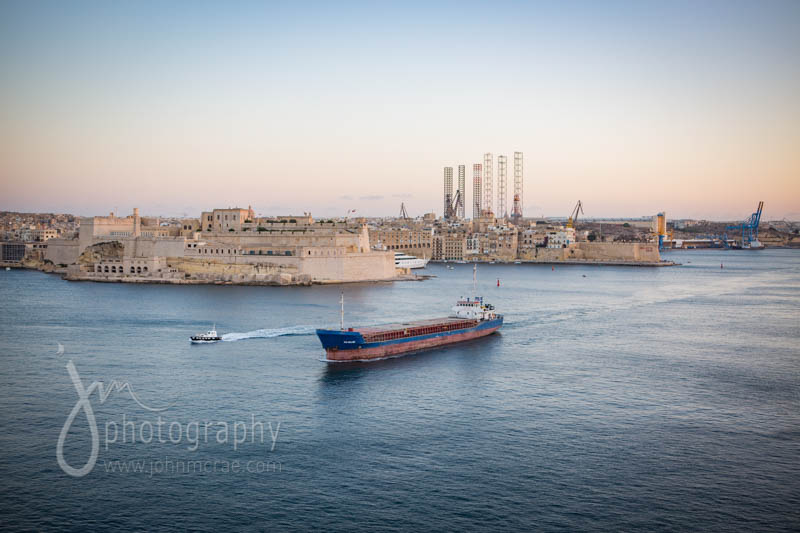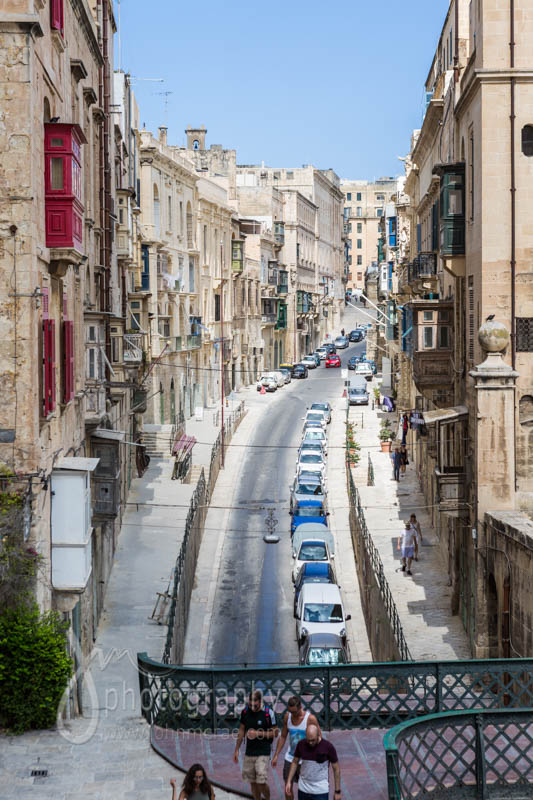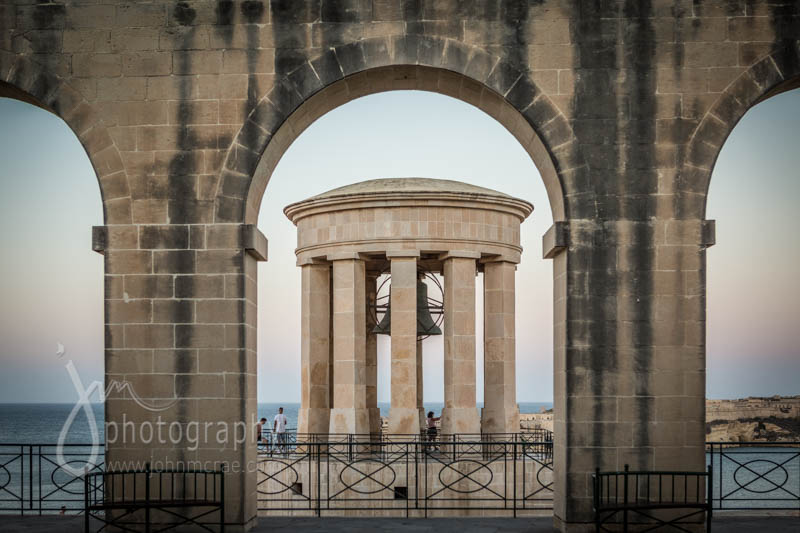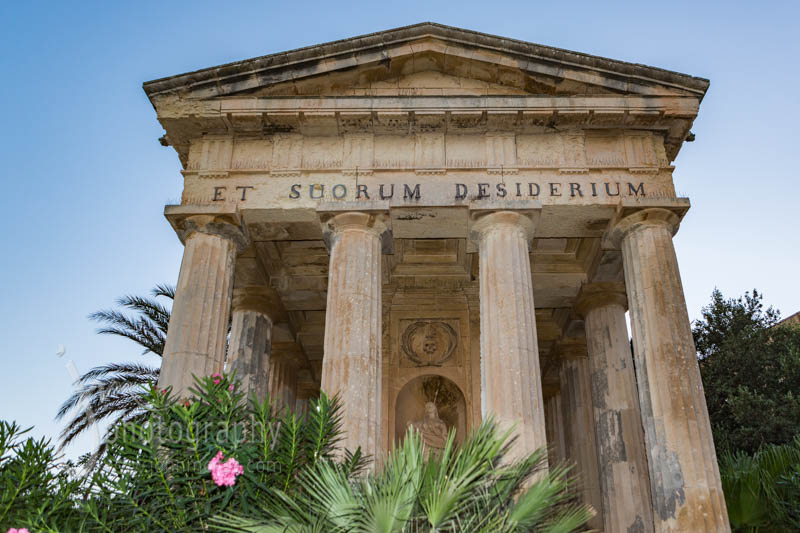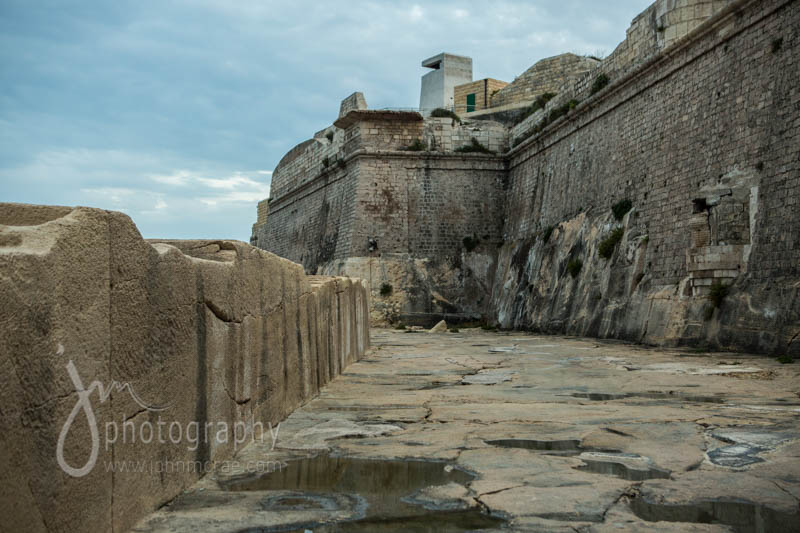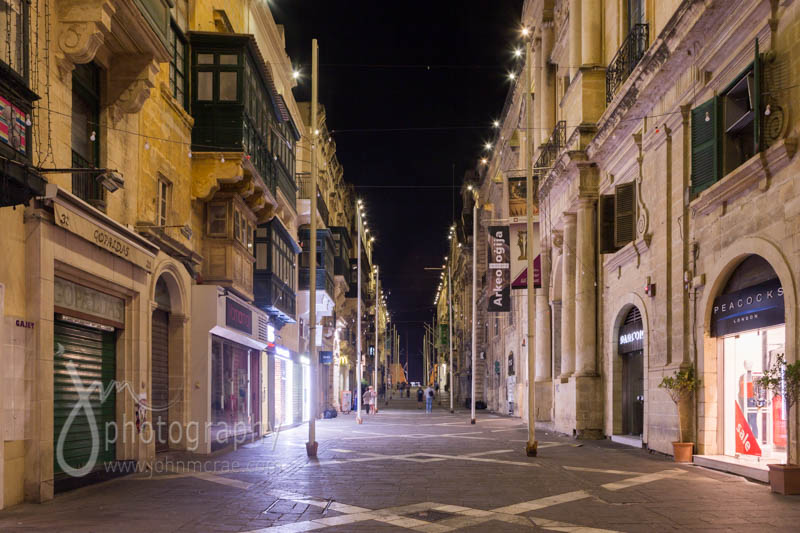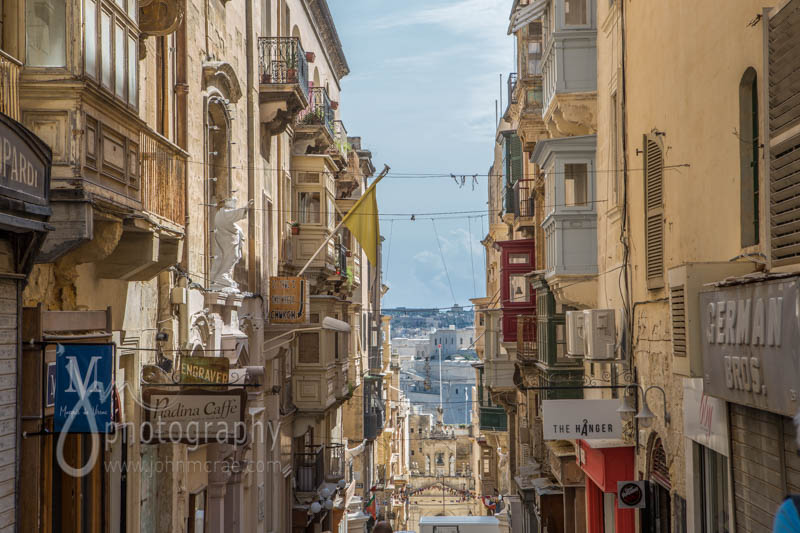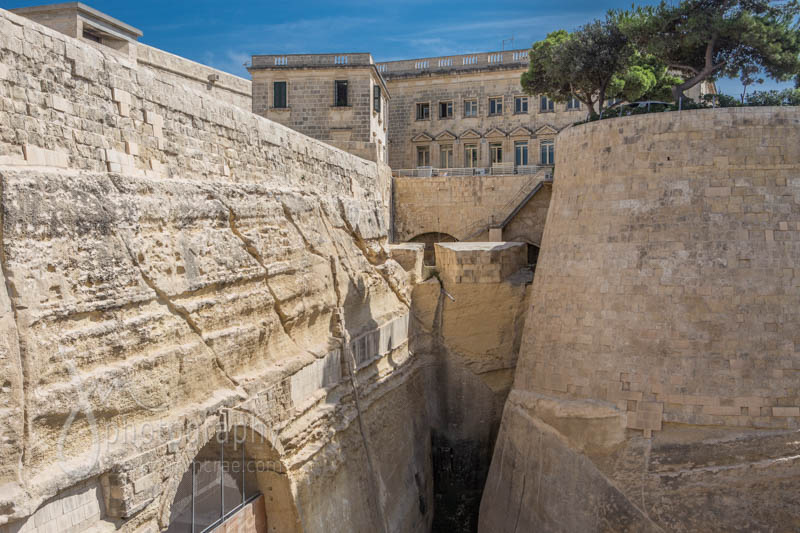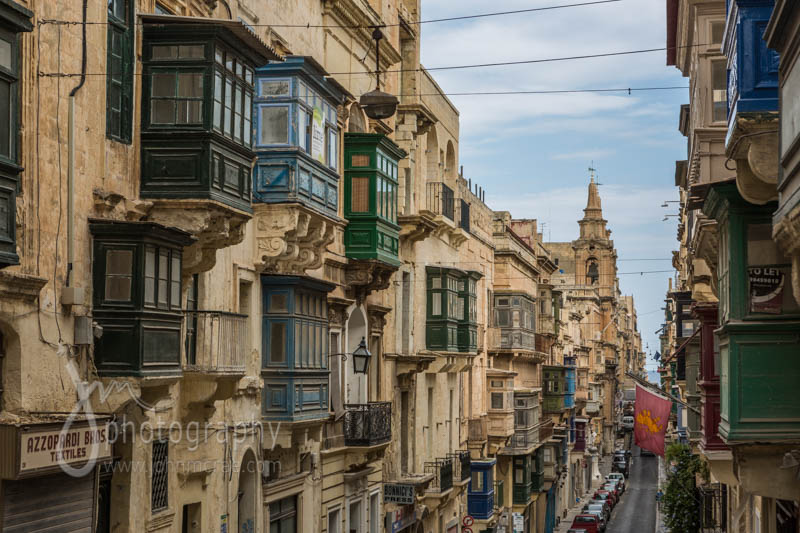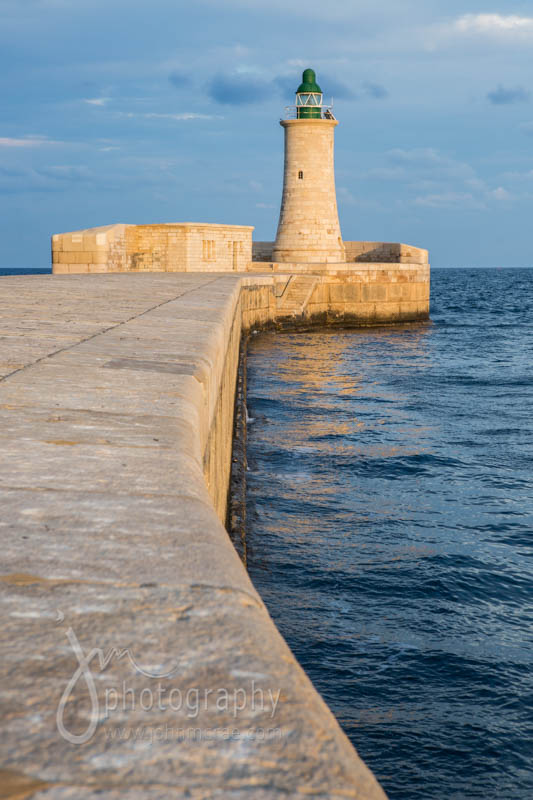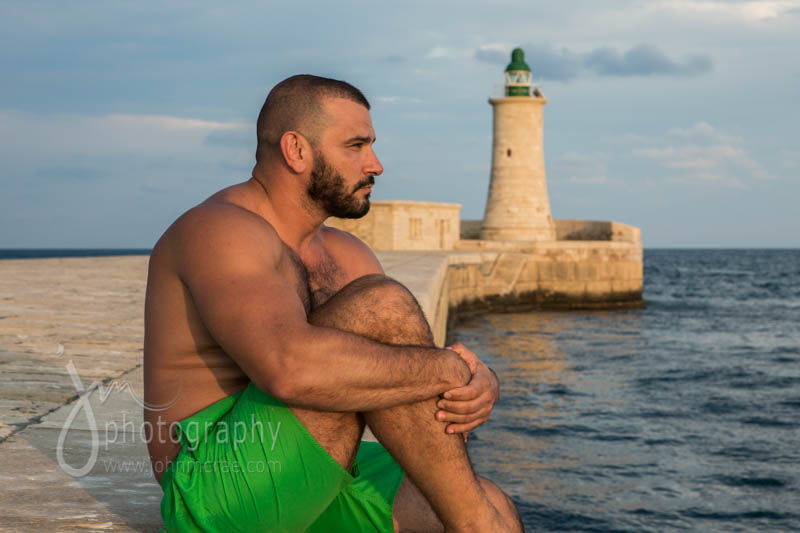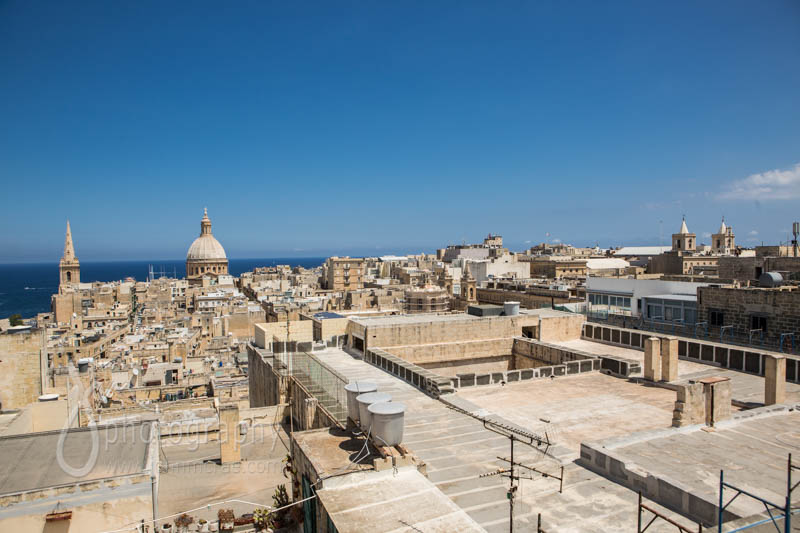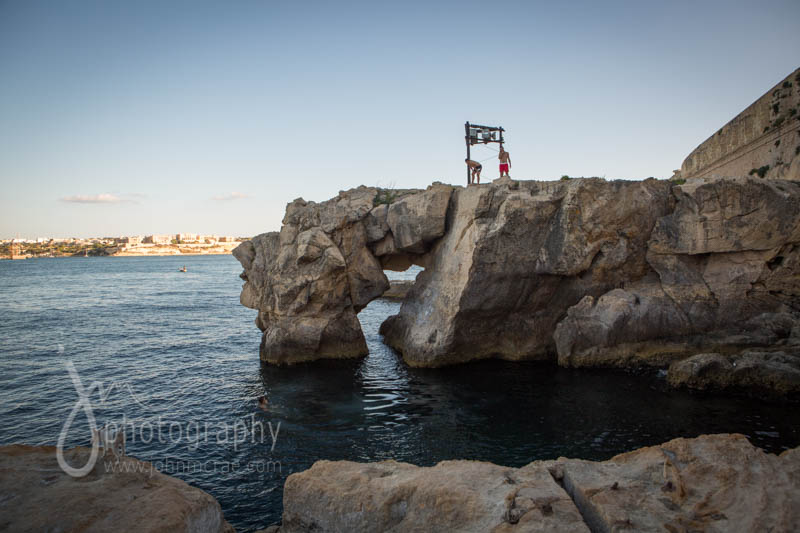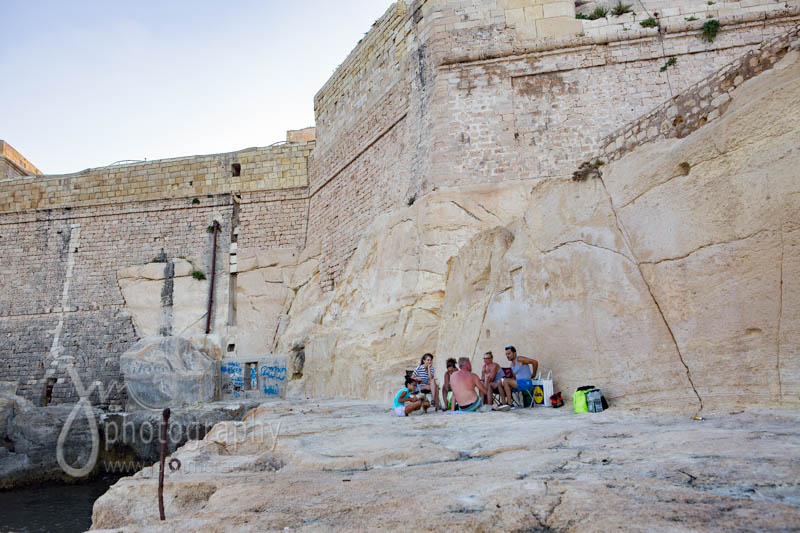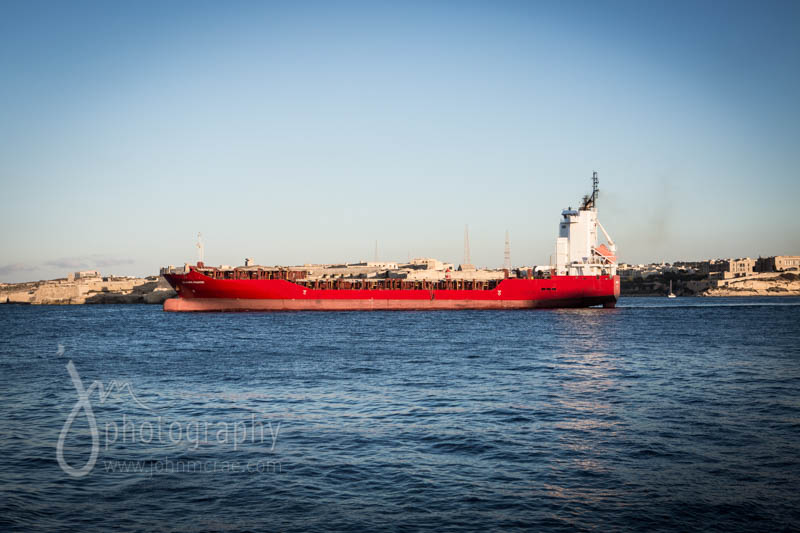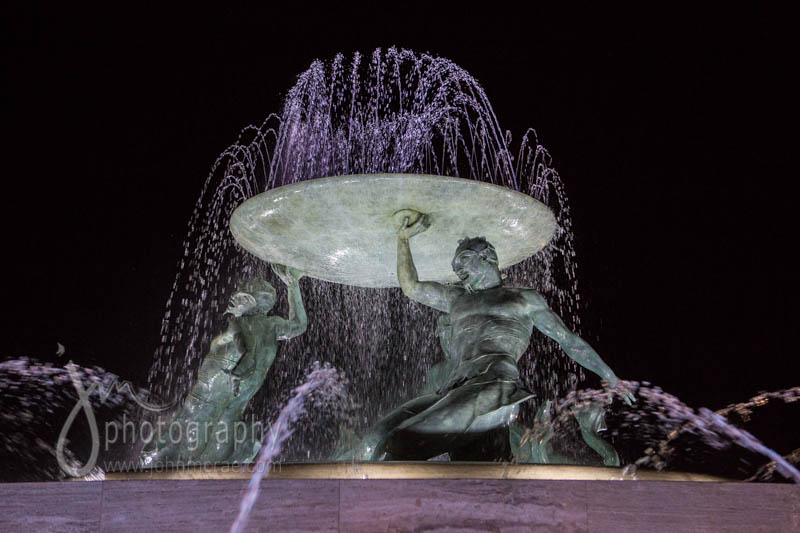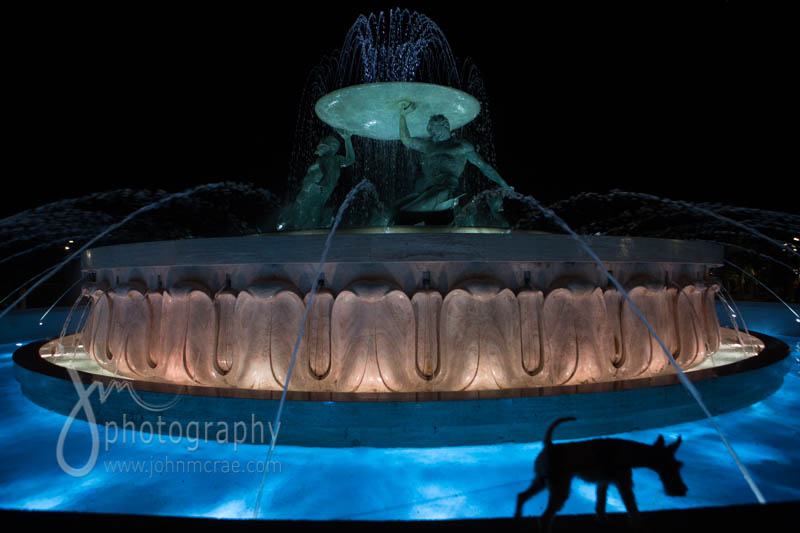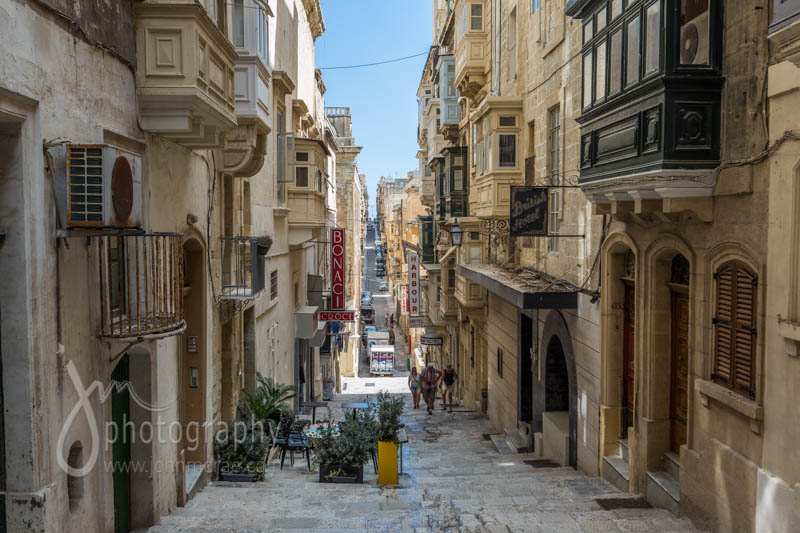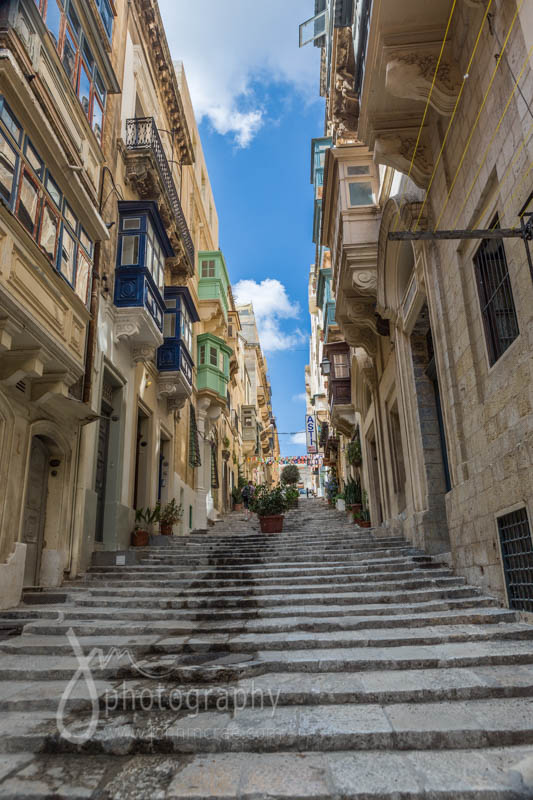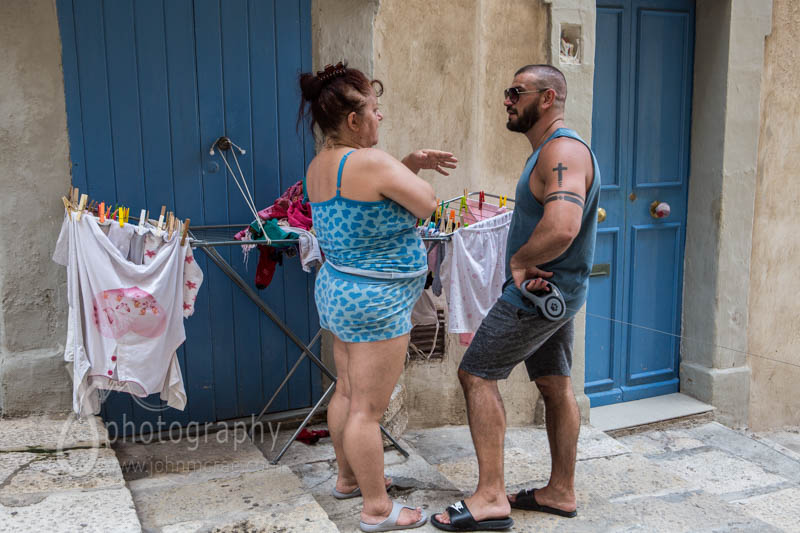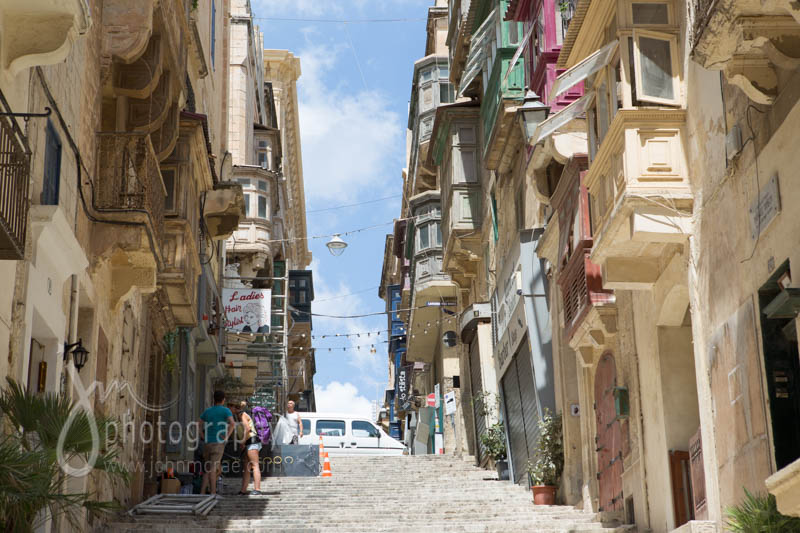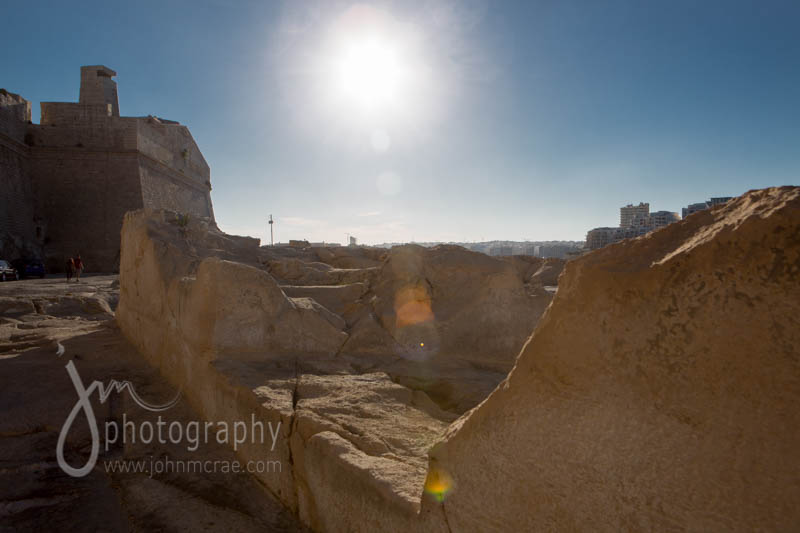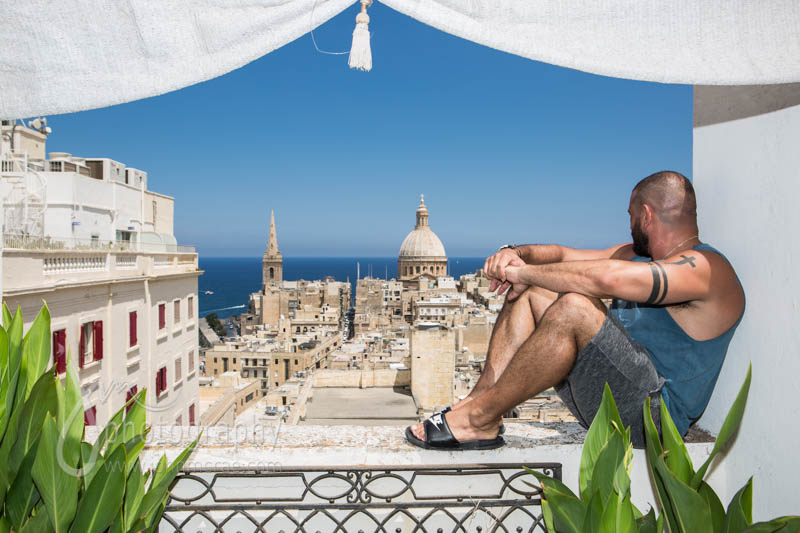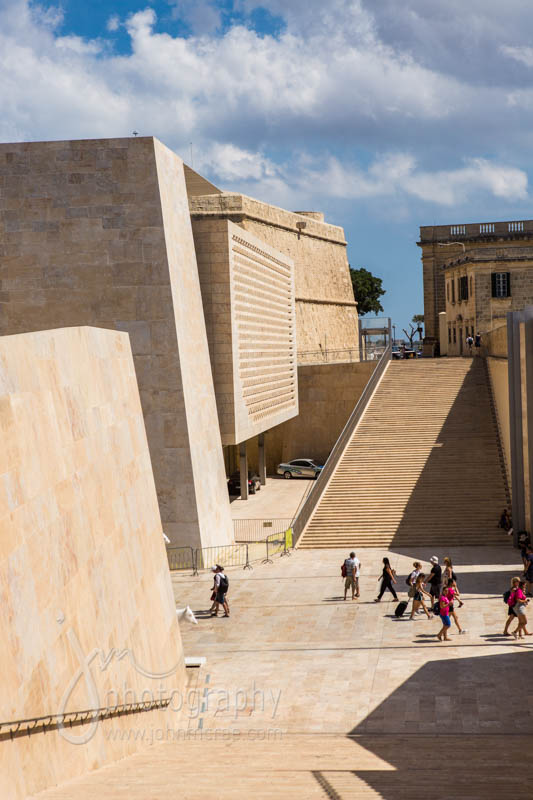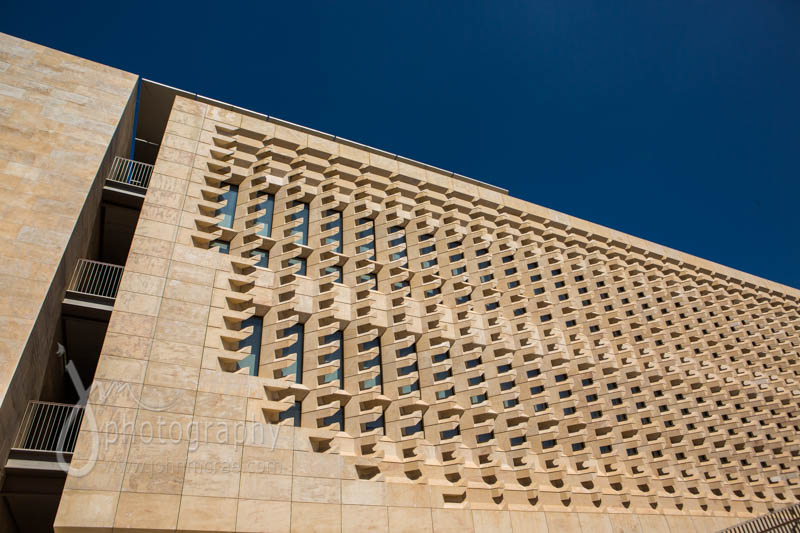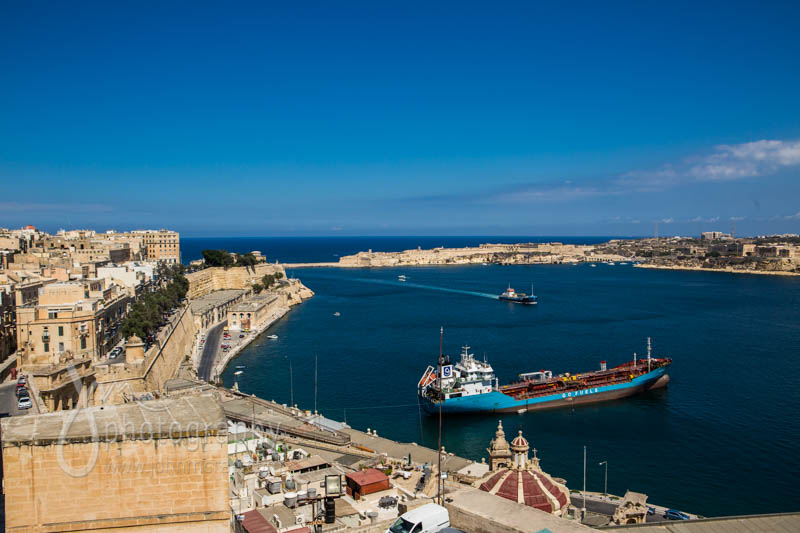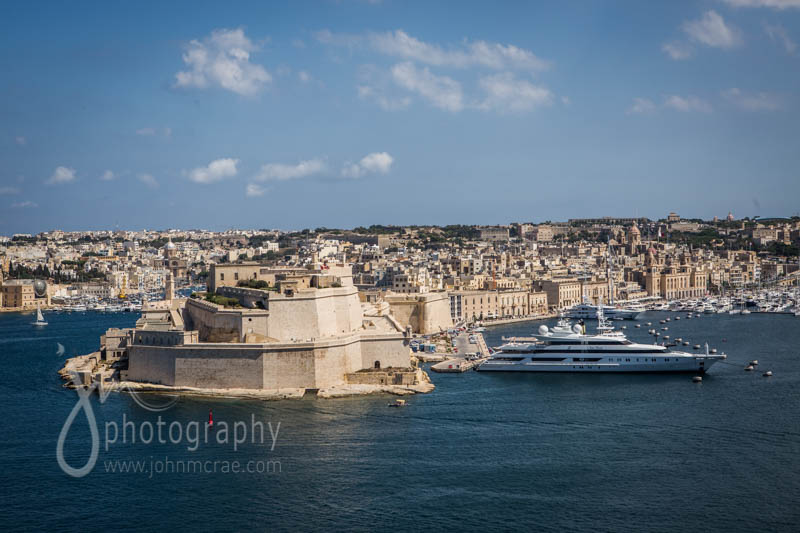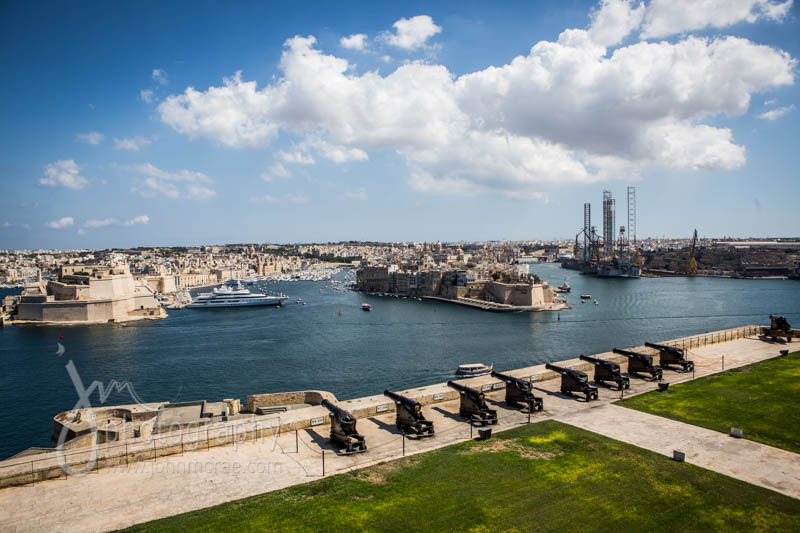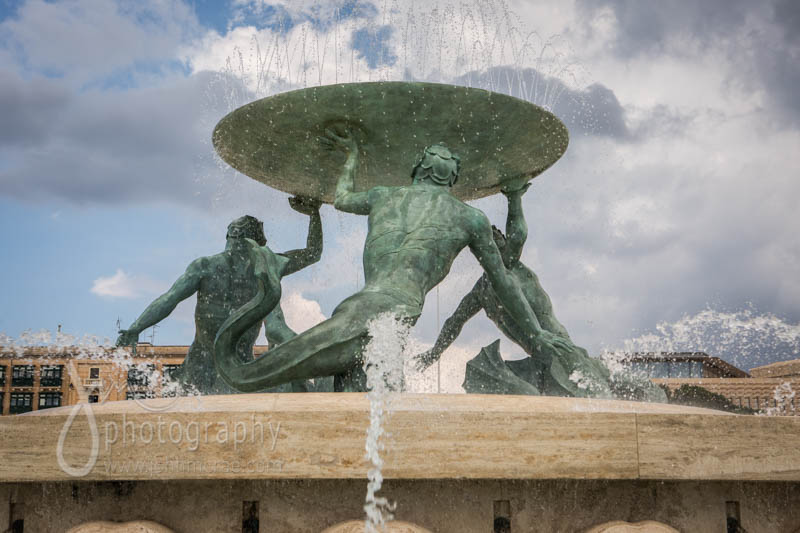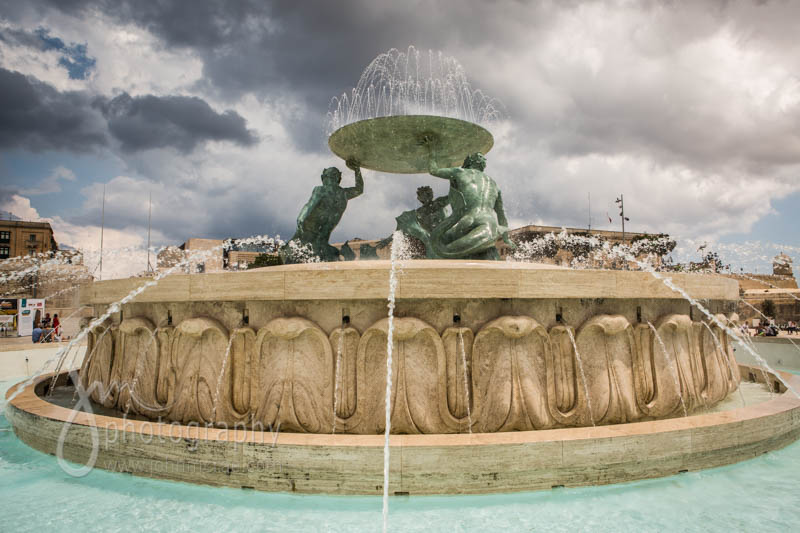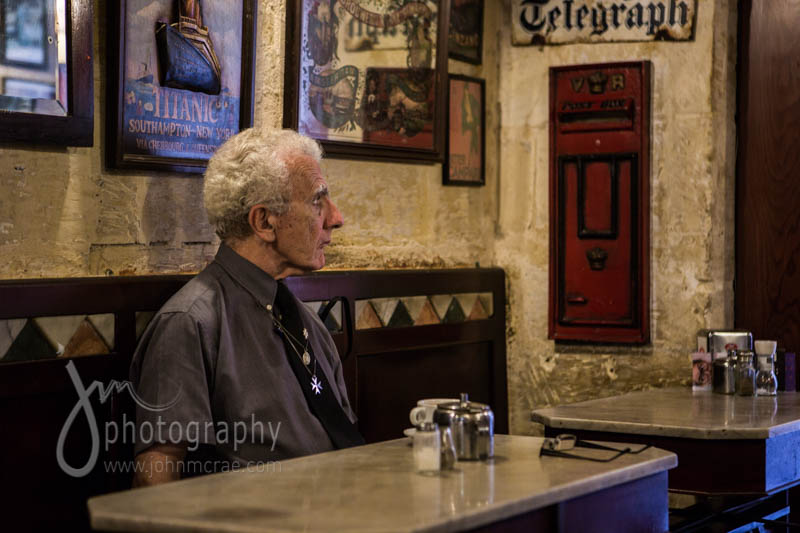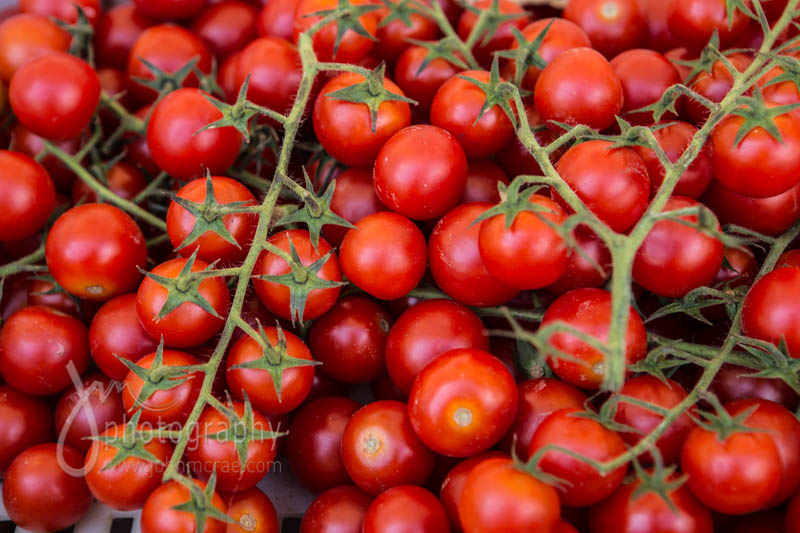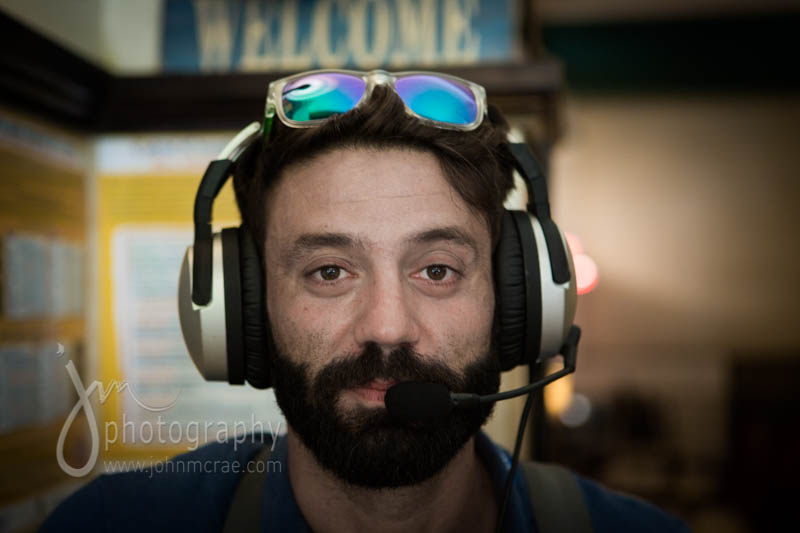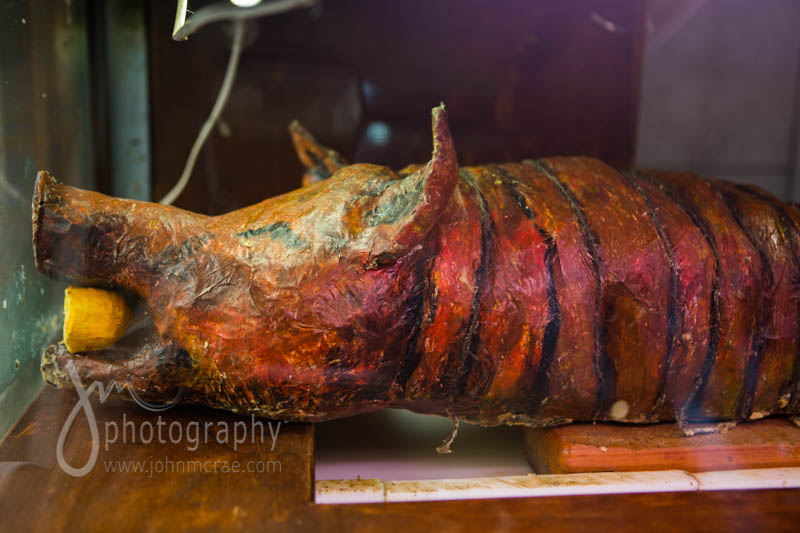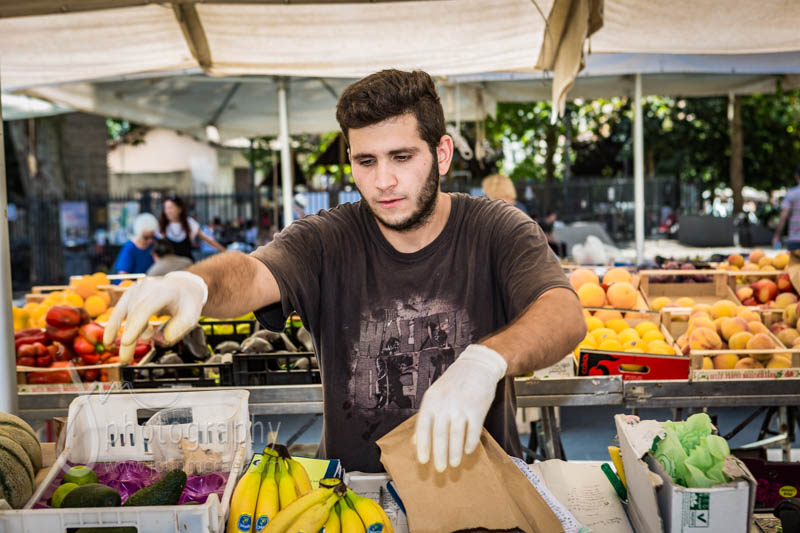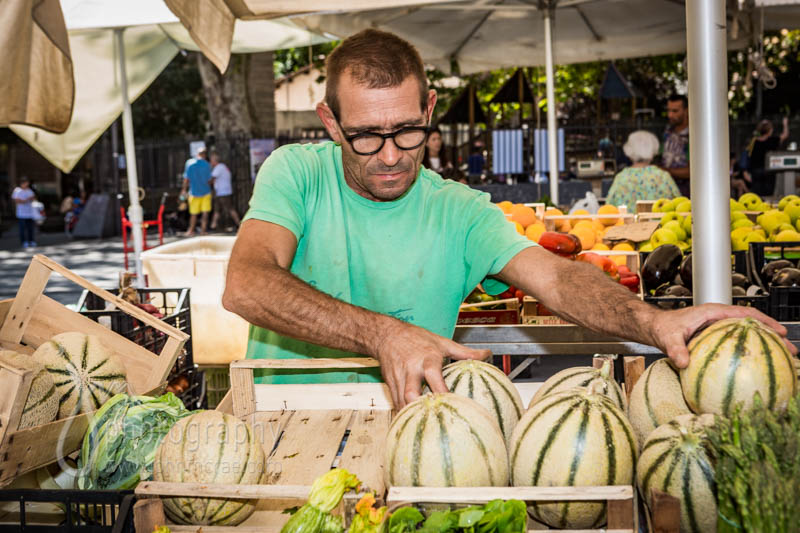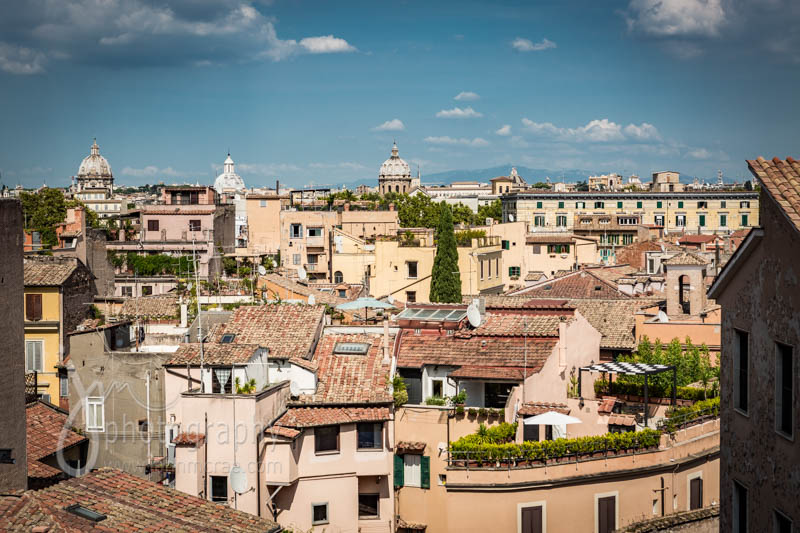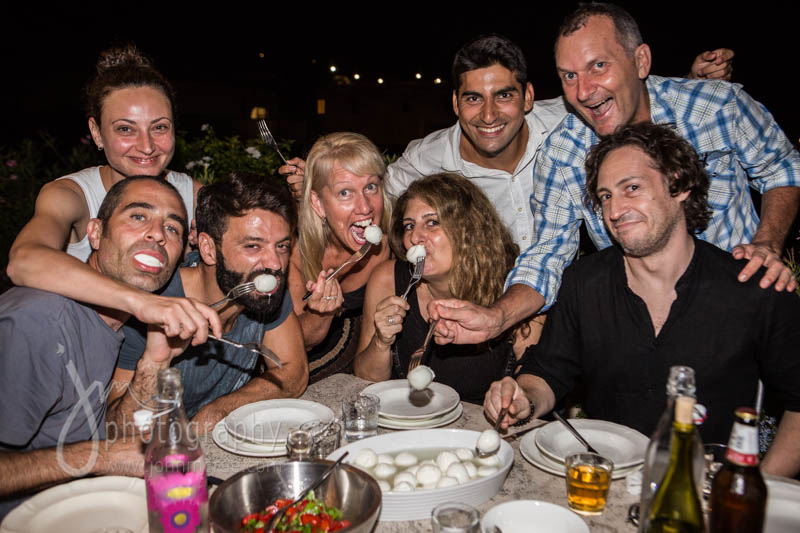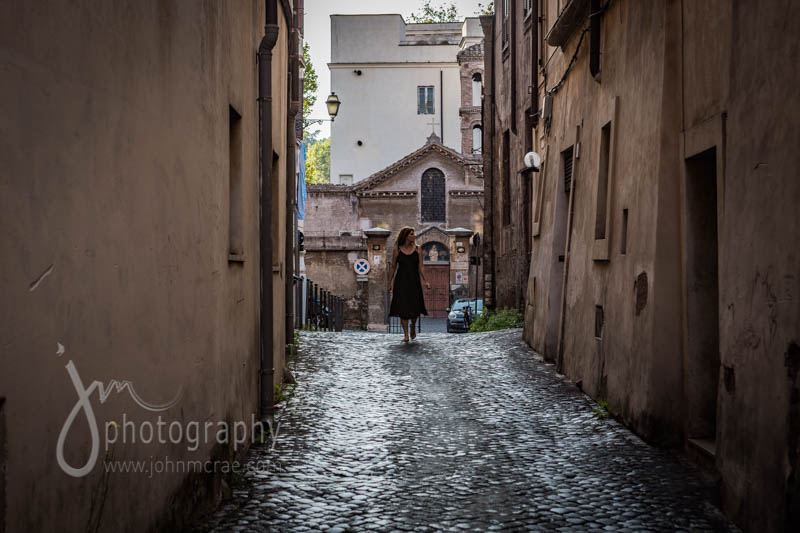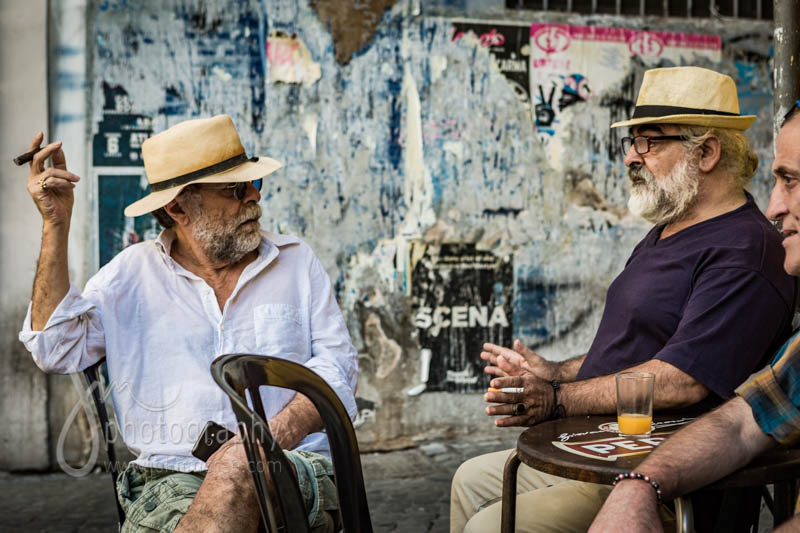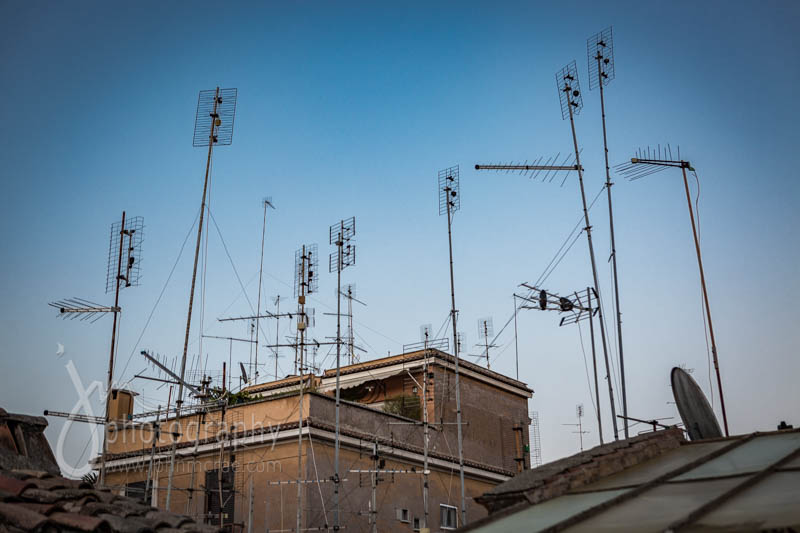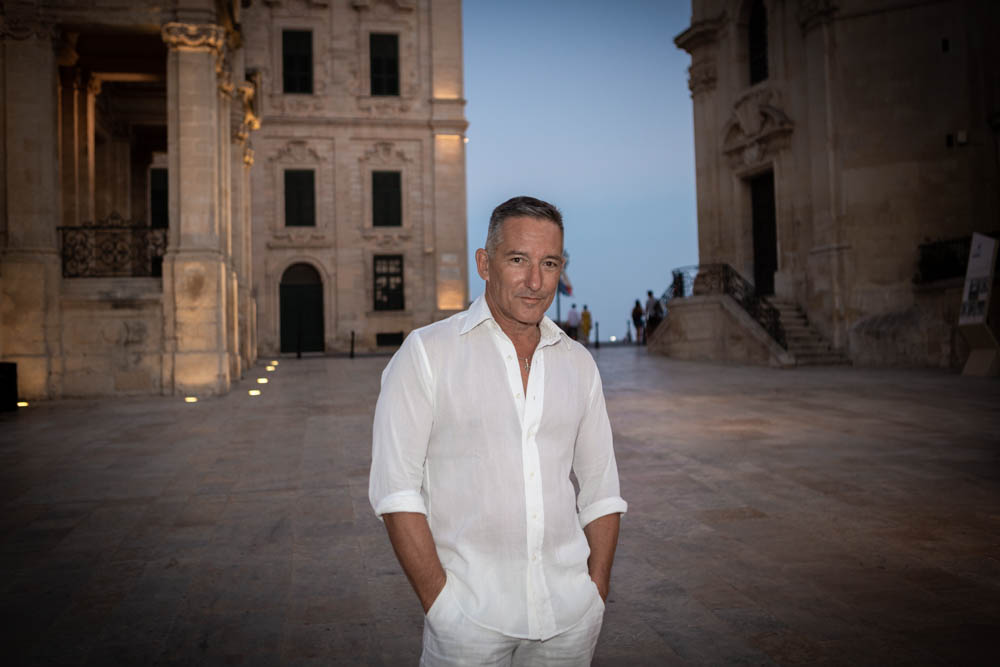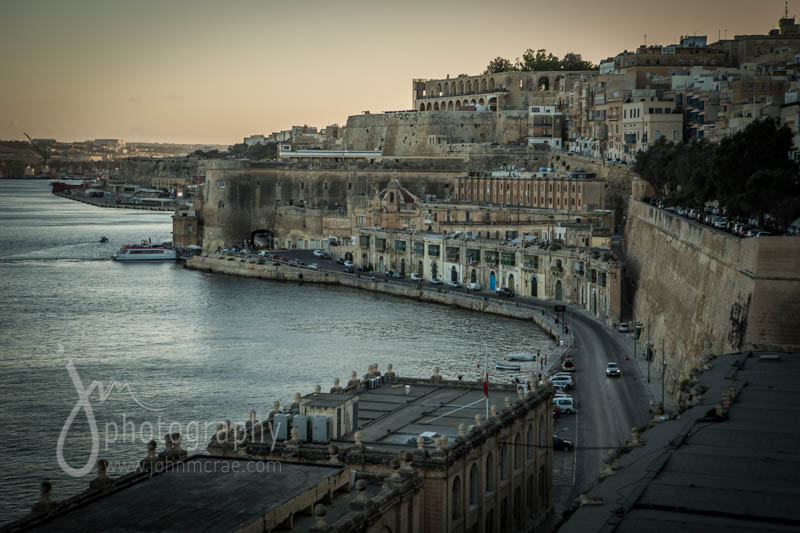
I recently visited two of my favourite places in the world, Malta and Rome. Once again they both delivered beautifully on their promise of a really good break.
It was a last minute decision to go but I am so glad that I made the effort to get myself across to the other side of the world. I was reminded how valuable it is to detach from the “rat race” (le train train quotidien, comme on dit en francais) of your daily life. It gives you the chance to re-evaluate and to look at things up again with fresh eyes and fresh energy when you arrive back home…..and there’s no place like home!
I flew directly to Malta (well not so directly….I went through Abu Dhabi and then Rome….only 30 hours of travel!!!). I arrived on this little island of 465, 000 inhabitants, living on an archipelago of 246 sq km. To put this in perspective the greater Sydney area (12,140 sq km) is about 50 times the size of Malta. And Malta is actually made up of five islands.
Some other facts about Malta….
- Looks like there’s no water left.
- Bombed heavily during the 2nd World War (some people say it was the most bombed place on the planet during that time).
- Very rocky.
- The Egyptians called it “The Island of Healing”
- It is the home of the oldest free-standing structure in the world, Skorba Temples, estimated 5,200 BC.
- Malta (or the Maltese Islands, or The Maltese Archipelago) consists of 5 islands (for ages I thought it was only 3 because 2 of them are really small); Malta, the largest…Gozo, greener and more undulating, and Comino…no-one lives there but has beautiful waters all around it, including “The Blue Lagoon”. And then there’s Cominotto (Davide had to remind me) and Filfla (which the English used as target practice durnng the war and reduced its size considerably).
- Most houses have flat roofs and a flag pole.
- Language is mostly Arabic (Marvic would hate me saying that). Well….a 10th century form of Arabic, with a bit of Italian, French and English thrown in.
- Full of delightful contradictions…for example in what could well be the most Catholic country in the world, the word for “God’ is Alla. (I rest my case.)
- You can walk from one side of the main Island to the other, easily in a day.
- Was the home of the Knights of St John of Jerusalem, Rhodes and Malta (now based in Rome…they kept getting ousted by foreign powers). Given to the Knights, after their demise in Rhodes to the Turks, by the Spanish King at the time, in exchange for one Maltese Falcon a year (rent). The Knights of St John’s original mission statement was to look after the sick and the poor. They took vows of poverty, chastity and obedience. They originally set up hospitals, initially in Jerusalem, and along the crusade routes, to tend the sick and wounded as “The Cross” attempted to regain the Holy Lands from “The Crescent”.
- The Knights are an important part of the history as they built a lot of the rmassive, long-standing, impenetrable bastions and ramparts, found all around the island, but in particular, around the Grand Harbour.
- One of the Knights, Fra Jean Parisot de Vallette, founded the current capital, Valletta.
- Can’t mention the Knights without attributing the great victory that was achieved in 1565 against the full might of the Ottoman Empire and Suleiman the Magnificent, The Sultan of Turkey, known as the Great Seige of Malta. This not only sky rocketed this little island to European fame (songs and poetry were written) but most regard this event as “the nail in the coffin” for Suleiman’s obvious plans to invade and take over the whole of Europe, thus my own history and cultural background may have been vastly different.
- In contemporary Australia this 900 year old medieval, crusading tradition gets a mention….our own Ambulance service is an off-shoot of this very order. Note the Maltese cross on the sides of our ambulance vehicles…it’s the cross of St John….an 8 sided white cross, originally signifying peace, on a red background, signifying blood (the spilt blood of the crusades, I imagine).
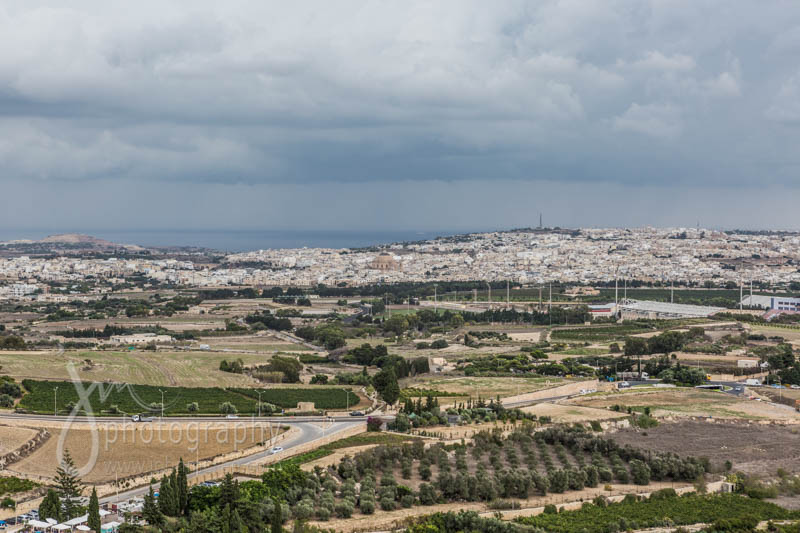
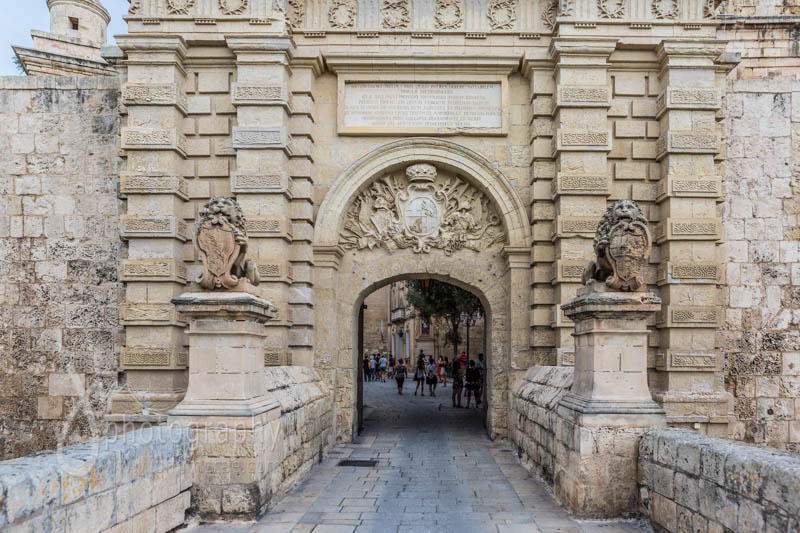
Festa Madness
Following my 30 hour flight and a quick shower the “games began”. I was whisked away to a neighbouring village callled, Hamrun. Well….it was like walking into an “on the street” version of pop concert, meets football match, meets political rally, without the singers, footballers, or activists, just the crowd. People everywhere, pulsating, as men and women climbed onto the shoulders of their comrades, waving flags and shouting some kind of battle cry. It was wonderfully strange and captivating. I had no idea what was going on…but it was fun!
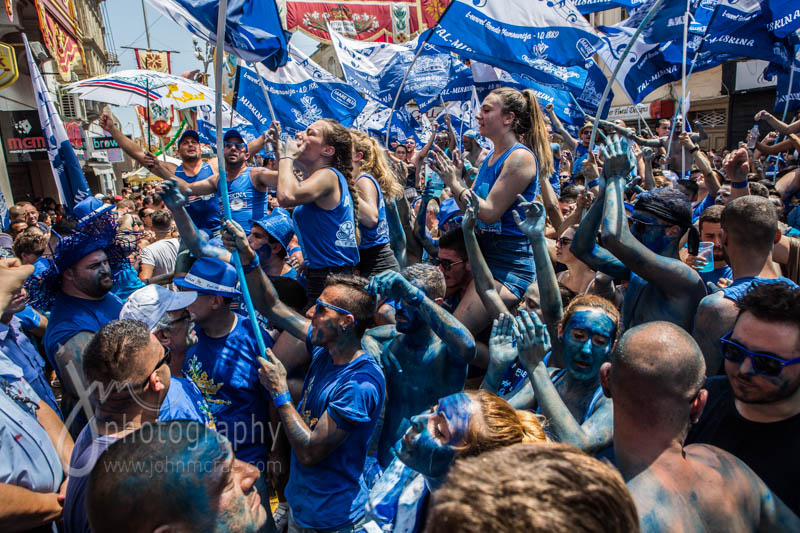
This is the festa. It’s a very traditional Maltese (not just Maltese) ritual where the village celebrates the Saint’s Day. Each village usually (or always) has a particular Saint attributed. There’s normally a statue of that Saint (be it St Patrick, St Helena, The Madonna and so on….) which resides, throughout the year, in the main church and which, during the festa, is paraded through the streets in a formal procession. Festas can, and do, go on for several days. It’s the premiere event in the year’s calendar for that village….it’s a big deal.
The streets are decorated. Statues are mounted on pedestals. Great flags and banners are flying. Unbelievably loud fireworks are sounded continually throughout the day and night (forget sleeping-in), culminating in a massive fireworks display on the last night. The streets are lined with fast food, ice-cream and candy. The whole village pours onto the streets to congregate, socialise, be silly, soak up the vibe and participate in some way. It’s the consumate community event.
Central to the festa is the brass band. The streets are filled with their all-too -familiar sound. There’s usually at least 2 brass bands in each village and they adopt a particular colour (which you paint yourself in, according to the band you support or are part of). This dichotomy invariably creates a condition of polarisation in terms of support….”are you for the blue or the red”? Occasionally, this opposition can get really serious as in the case of one village festa a couple of years back, in a village I won’t name, where the 2 opposing sides came to blows and an out-and-out brawl resulted. Suffice to say the church leaders, in their wisdom, cancelled the festa for the following year as punishment for such “un-churchly” conduct. This was a heavy price to pay when you see how dear the festa is to Maltese people.
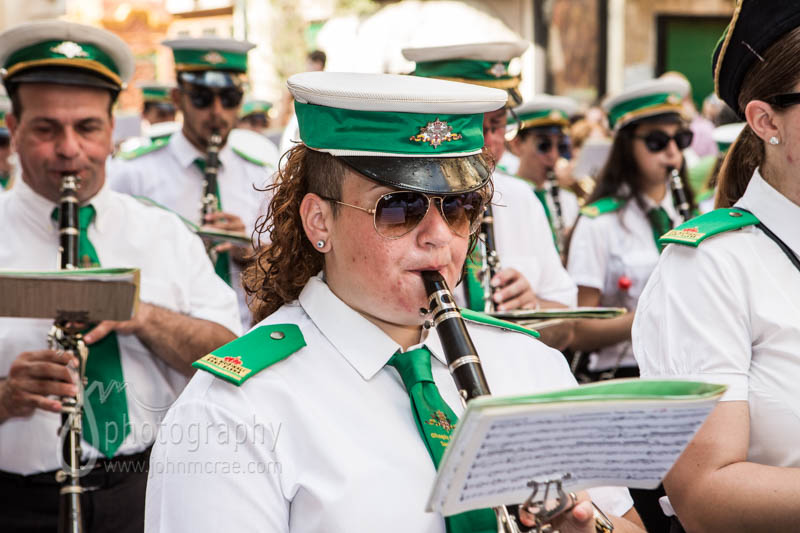
Most of the festas occur during the warmer months of summer, for obvious reasons. This means (on an island of 365 churches) that most weeks there are as many as 8 festas occurring simultaneously. This is great news for avid festa addicts who can go from village to village on a single night, chasing the ultimate festa experience. My host, Marvic, was one of those….I think I went to 5 festas during the 2 weeks I was on the island.
The following is an album of a selection of shots from some of the various festas I attended…….
Temples – Hagar Qim
This is the first time I visited one of the megalthic temples dotted across Malta and Gozo. Apparently there’s about 40 of them. As I mentioned some of the oldest free-standing structures in the world are found here, dating back to 5,200BC.
Hagar Qim is one such site and is a particularly fine example.
The Capital, Valletta
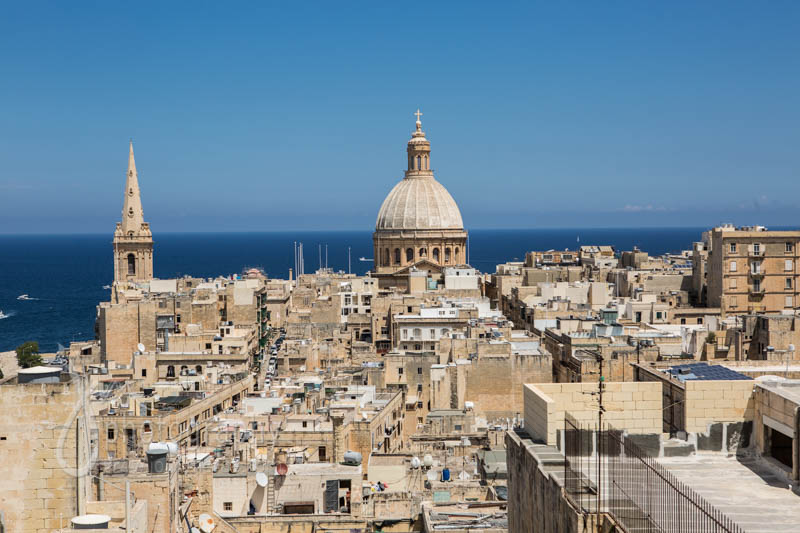
I love Valletta. When I first started going to Malta in the early 2000’s I would always stay in the capital. I think that it is one of the great expressions of Baroque. I love walking the long, straight, elegant, cascading streets, each street ending in a view of the ocean. One of my fascinations with Valetta, on early visits, was the fact that the city was almost deserted. House after house was empty, very few people living in the city. At night, when business had closed, the city was like a ghost town, not even a stray cat. I couldn’t fathom why such an amazing city was practically abandoned.
Marvic explained that it was heavily bombed during the war and the wealthy relocated to neighbouring areas, such as Sliema.
A Segue into Marvic…..
I realise I should introduce Marvic. I keep mentioning him in my text. Marvic is a Maltese local, living in Birkirkara. In fact he is originally from Gozo (a true Gozitan) and this is an important point of difference as the Maltese will tell you. Who would have thought that going one mile north of Malta (like taking the ferry from Balmain to Circular Quay) would mean you speak a different dialect of Maltese and choose to identify not as Maltese, but as Gozitan? There’s much more involved but I won’t go into it.
Marvic is a long time friend. He was one of the first friendships I made, along with his best friend, Davide, when I first started going to Malta…..
- He’s a cleaning freak as you will see in some of the photos. Saturday mornings are reserved for a sturdy workout involving a broom and a mop.
- He loves going to the gym.
- He is passionate about Maltese culture and history and is one of the best tour guides you can possibly have on the island.
- He loves his dog, Nina.
- He gets around on a scooter (very practical for the narrow streets of most villages).
- His best friend is named Davide and lives in London. I met Marvic and Davide at the same time 17 or 18 years ago.
- He loves, loves, loves festas and everything associated with them.
- He loves getting his photo taken. (Good for me as a photographer. I always have a willing model which I appreciate).
- The list goes on…….
Here’s a pic of Marvic and I’m sure you will see him appear in subsequent photos.
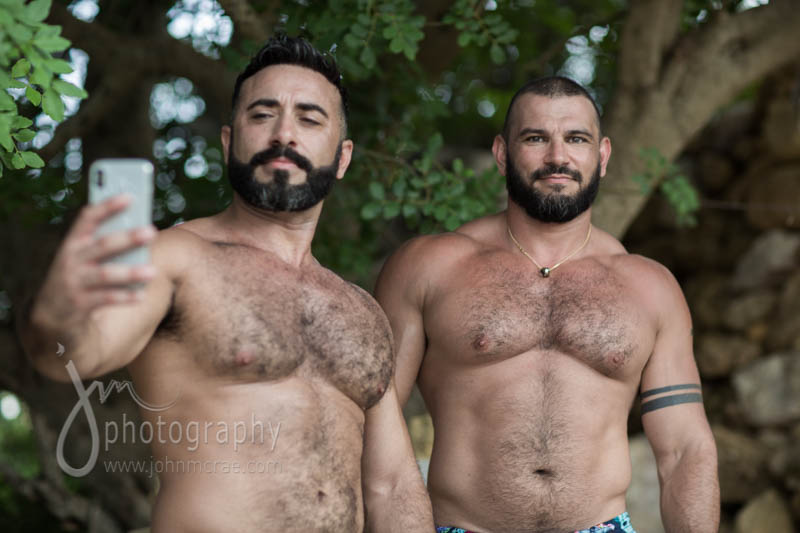
Marvic loves cleaning…..
Back to Valletta…..
Perhaps I will just post some shots of the city so you can see for yourself. But I was commenting that Valletta was practically abandoned during and after the war. However, recently there has been an absolute renaissance in the city. People everywhere, new shops, new boutique hotels opening up all over the place, houses renovated and a vibrancy and sophistication fitting for such a beautiful city.
Note that the city entrance has been re-designed, together with a new Parliament House by the famed architect, Renzo Piano. In my opinion a truely great job and money well spent. The previous city gate (which was not the original) was a bit dreary (there’s a story there, for another time). Piano has combined “modern” with “medieval” with seamless elegance.
Beaches
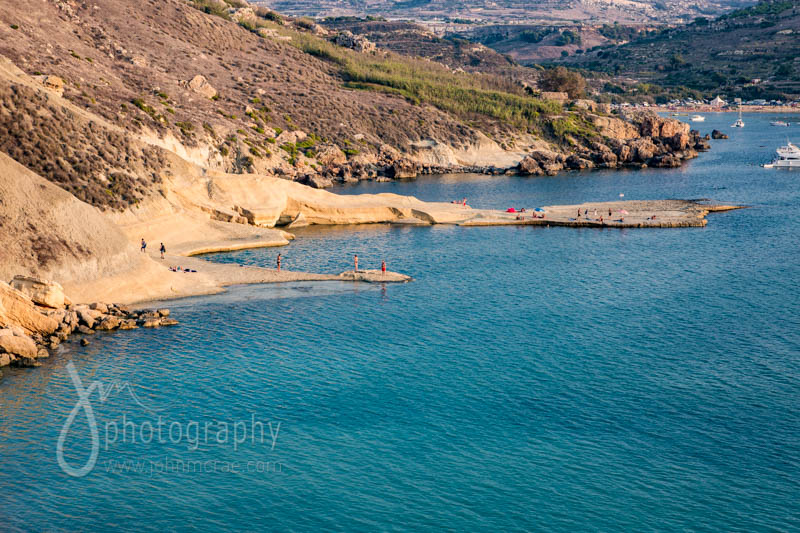
The beaches are great in Malta. You have the choice of sandy or rocky. I chose rocky, for something different. Some of them have both sand and rocks. Gnejna, for example, is where the rocks are smooth and flat, protruding out into the mediterranean some distance above the water, so that you can be lying on the rock in the sun and then practically roll over into the water. Gozo is full of great beaches as well.
What Happened to the Azure Window, Gozo?
The Azure Window, one of Gozo’s premier tourist attractions, requires a special mention. The joke goes that we were looking for the Azure Window for most of the time we were there….nowhere to be found. It was perched over the ocean the last time I visited, a huge weathered rock formation like a bridge with a hole in centre. How could such a thing just up and vanish?
It broke off and fell into the sea one evening, earlier in the year.
The travel brochures still picture it in place, but I’m sure within a few years these remnants of a happier time will be up-dated. Dwerja is still a great coastal area to visit but it has one less attraction…..or perhaps it may become an attraction to see where the Azure Window used to be.
Here are some shots, before and after, to illustrate the tragedy.
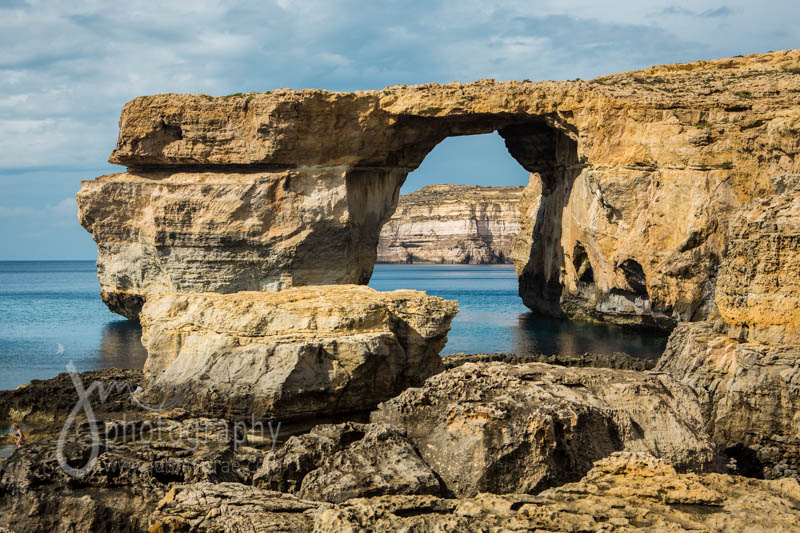
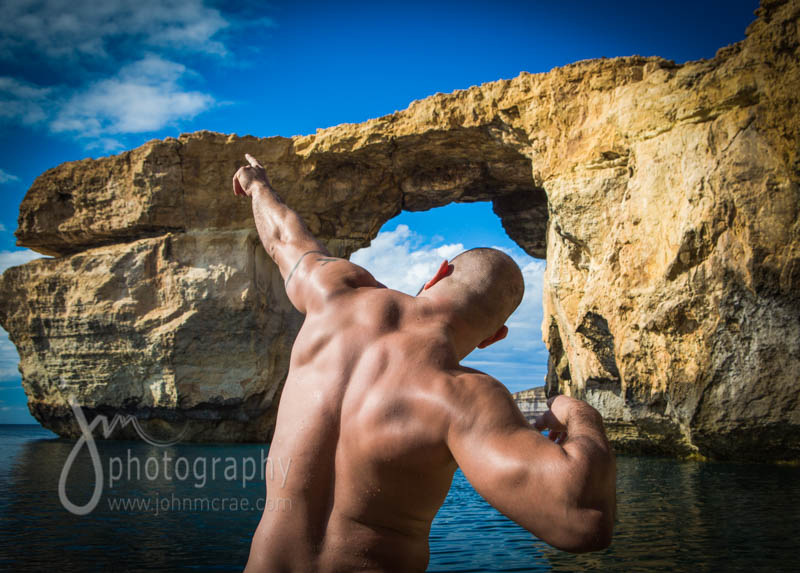
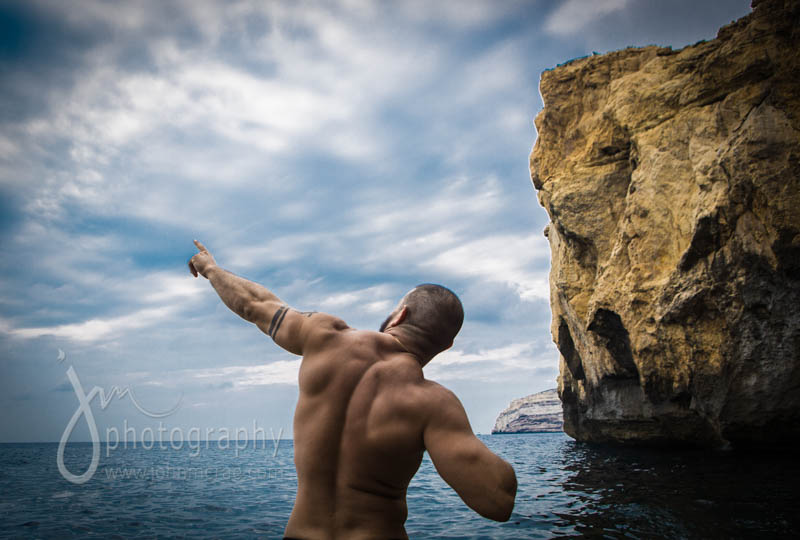
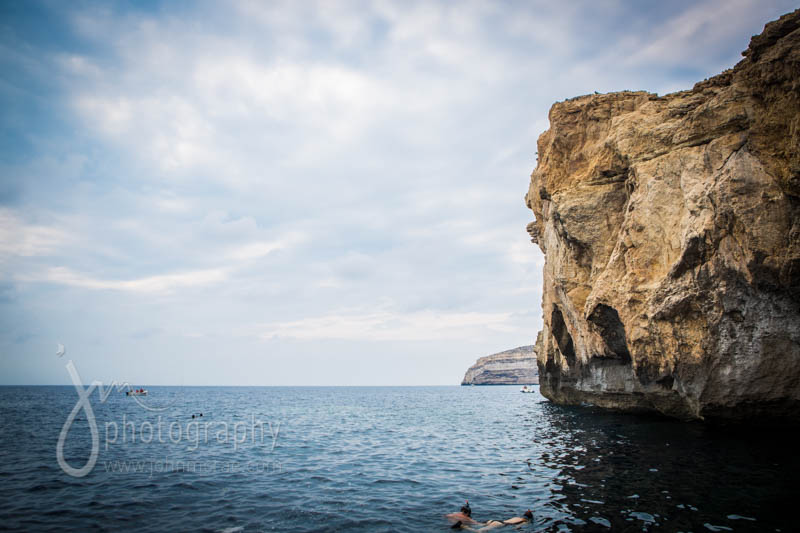
The Kangaroo House
Is a very minor tourist attraction but yet a very important landmark. It is the family home of Davide (see pic of Davidd and Marvic, above). Davide’s parents lived for a short time in Sydney. On their return to Malta they brought back a small ceramic kangaroo (had to fit in the hand luggage) as a fitting memento of their time in OZ. Davide’s father had a larger replica made locally which they placed on the outside balcony to the entrance of their home in Xaghra, Gozo (note: festa, 8th September, if your interested) (See pic below).
There it remained until one day Davide’s father, having decided he’d had enough of the kangaroo, took it down a put it “out in the back yard”.
Daily life went on at the Cini household until one morning a letter arrived in the mail. It was an official letter, requesting (it could have been more a demand) that the kangaroo be reinstated in it’s usual spot on the front terrace.
It seems that the Kangaroo had become an intrinsic landmark for navigating the winding roads of the village (remember this is pre-GPS and the house is on a corner of a cross road) and “all hell” had broken loose where locals and foreigners, alike, were losing their way, taking the wrong turns and generally having a terrible time of it.
The kangaroo (as we see pictured) was promptly put back where it belongs, everyone happy, and there it remains to this day. So lucky it wan’t tossed out.
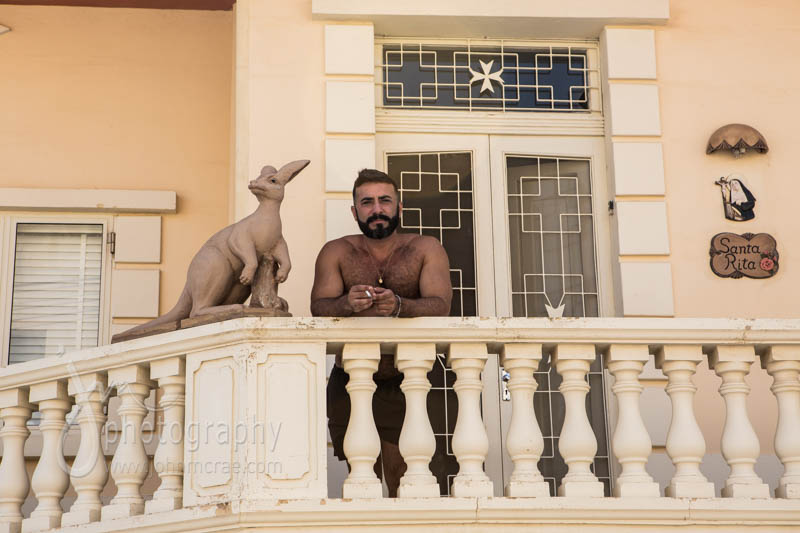
Ta Giezu
Is the Maltese name given to the church in Valletta known also as “The Franciscan Church of St Mary of Jesus”.
I just realised this blog is getting a bit long…I should finish. However, I have to mention this church because it houses a truly remarkable crucifix, in my opinion. I attempted to visit this church 3 times prior….each time the church was closed (I didn’t check the opening times, I might add).
It was quite late in the evening. We had finished eating in Valletta and I thought I could try one last time to enter the church. Naturally it was closed. I was leaving the next day and resigned myself to the fact that I wouldn’t get to see the crucifix on this trip.
As we were walking away from the church down the street I notice a huge door ajar. To peer in…..was a temptation I could not refuse. It was a cavernous passageway. I could see a strange flickering light in the distance which I had to investigate. It lead me to a couple of workmen, welding a statue, laid out in a workspace filled with other statues. We had a brief chat which uncovered the fact that we were in the subterranean branches of “Ta Giezu”. We were invited to continue along the dimly lit passage to enter the church and view the crucifix. What miraculous luck!
This famous crucifix is called “The Miraculous Crucifix”. It was sculpted from the trunk of an olive tree by the Franciscan lay brother, Fra Umile da Petralia Soprano (Palermo) in 1630.
I am captivated by the sculptor’s ability to convey such drama, emphasising great pain and suffering…..all the wounds, bruising and blood on show with the finest aesthetic.
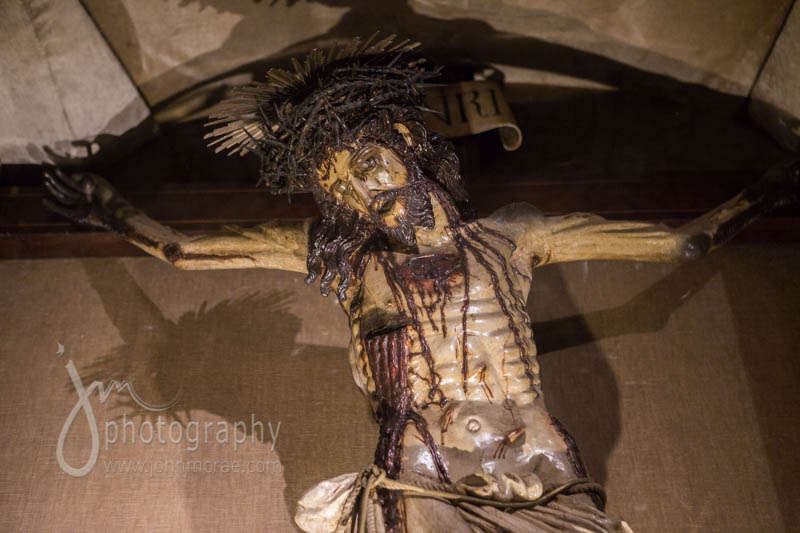
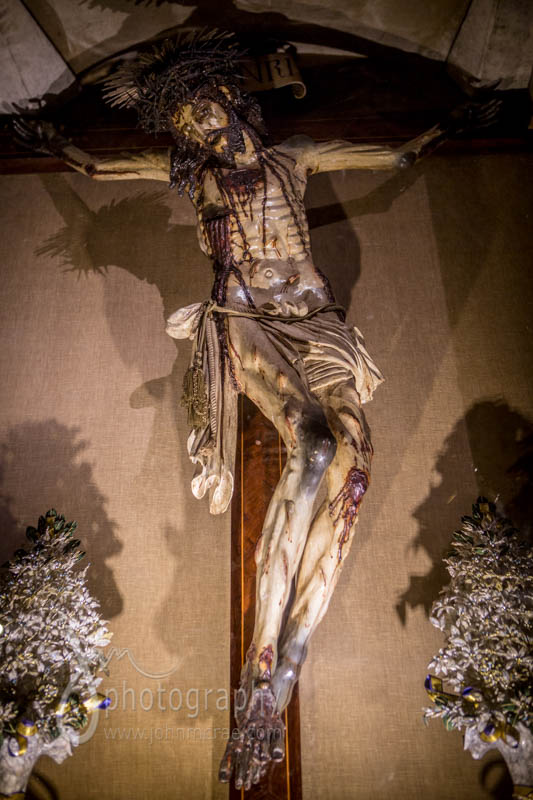
Rome
On the way home I dropped in to see my good friend Jonathan, an Australian living in Rome. Rome has become another repeat destination….I return regularly to get my dose of Italian exuberance and life-force, in a city dripping with antiquity, artistic and architectural masterpieces and jaw-dropping beauty.
A big thank you to Malta/Rome and all the friends and acquaintances, especially to my hosts Emily and Marvic for being so fabulous. This little island of Malta has a big heart and is ready to share it with all who wish. It is certainly a place that I am drawn to and will continue to visit, long into the future. And Rome is ETERNAL.
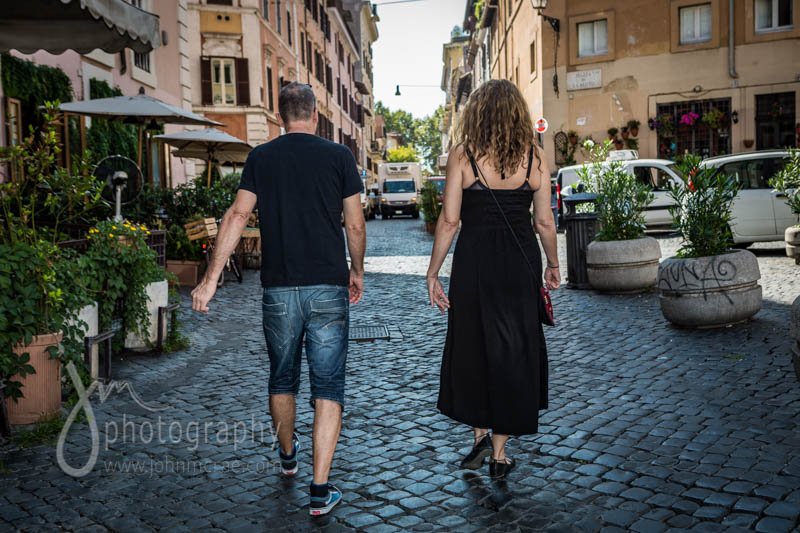
Remember to get in touch should you require any photographic work done. You can contact me on john@johnmcrae.com or give me a call on 0419 619 161


